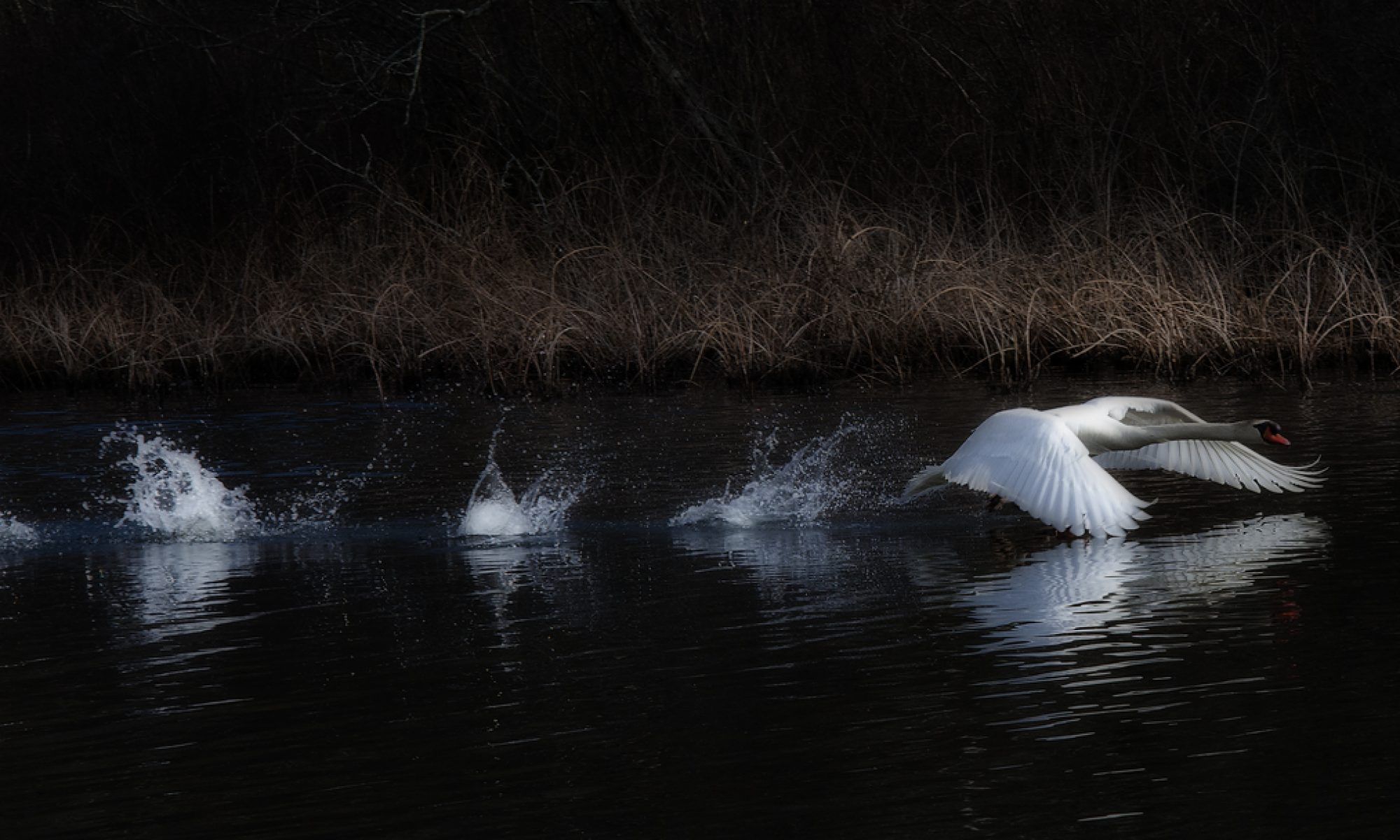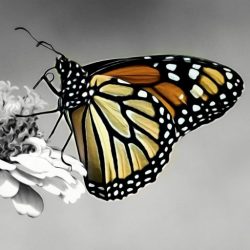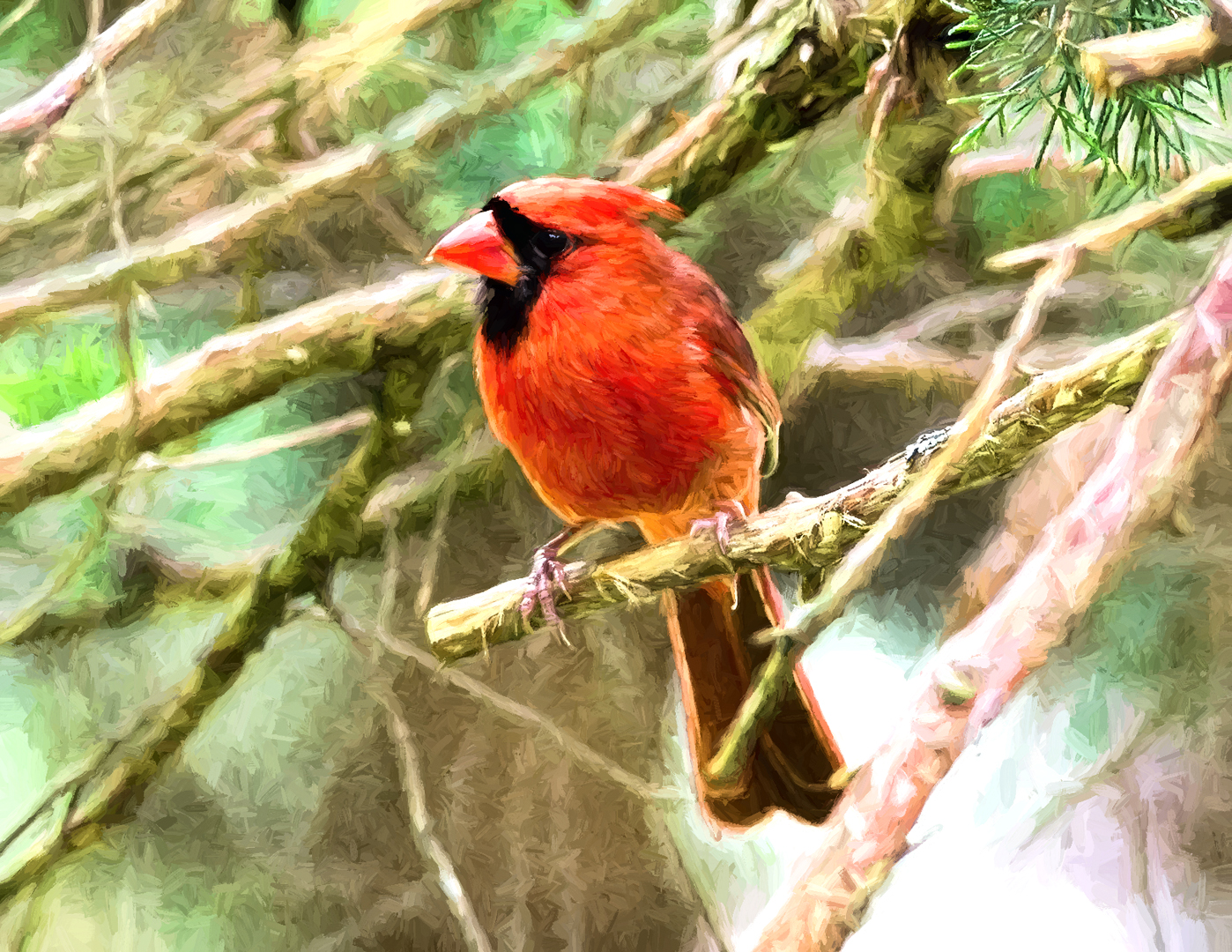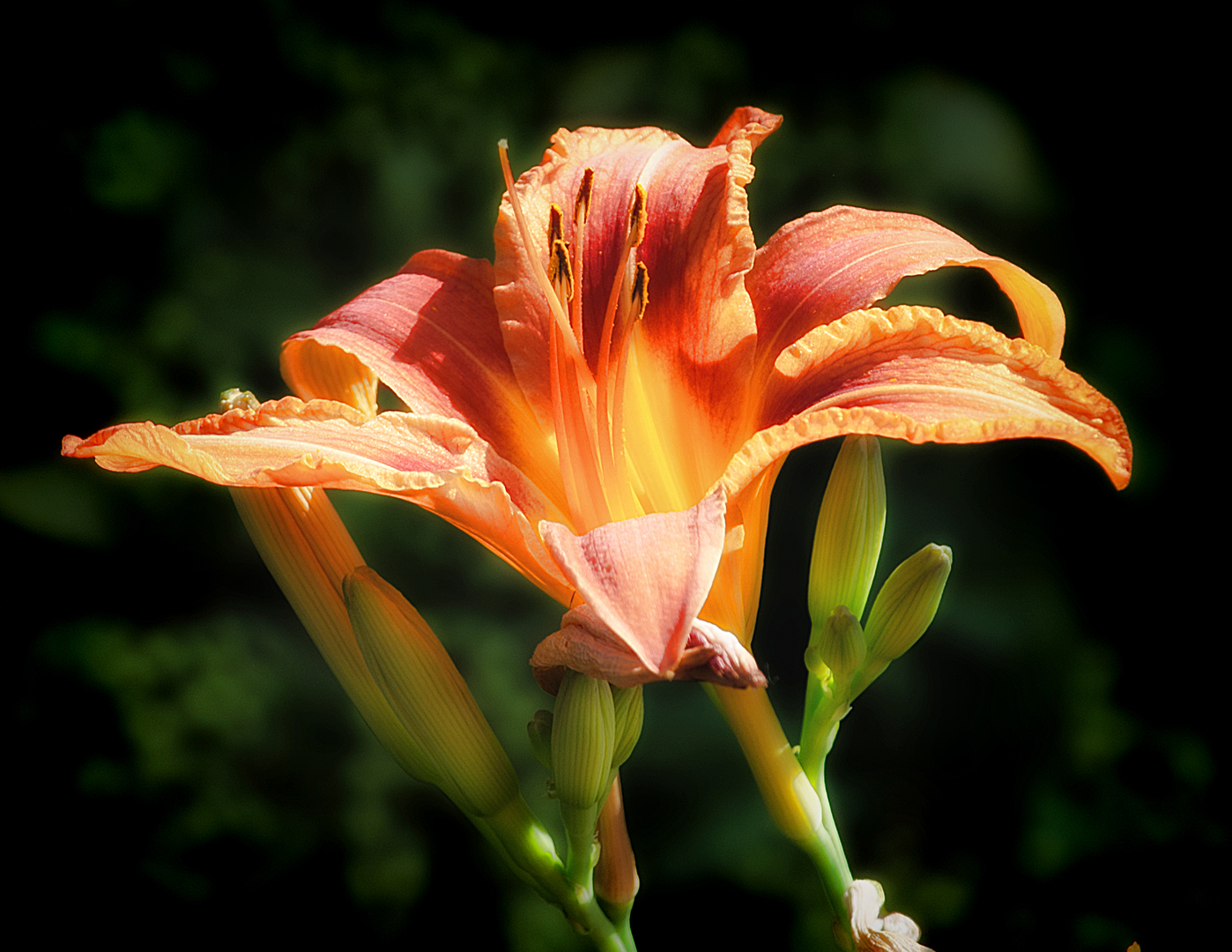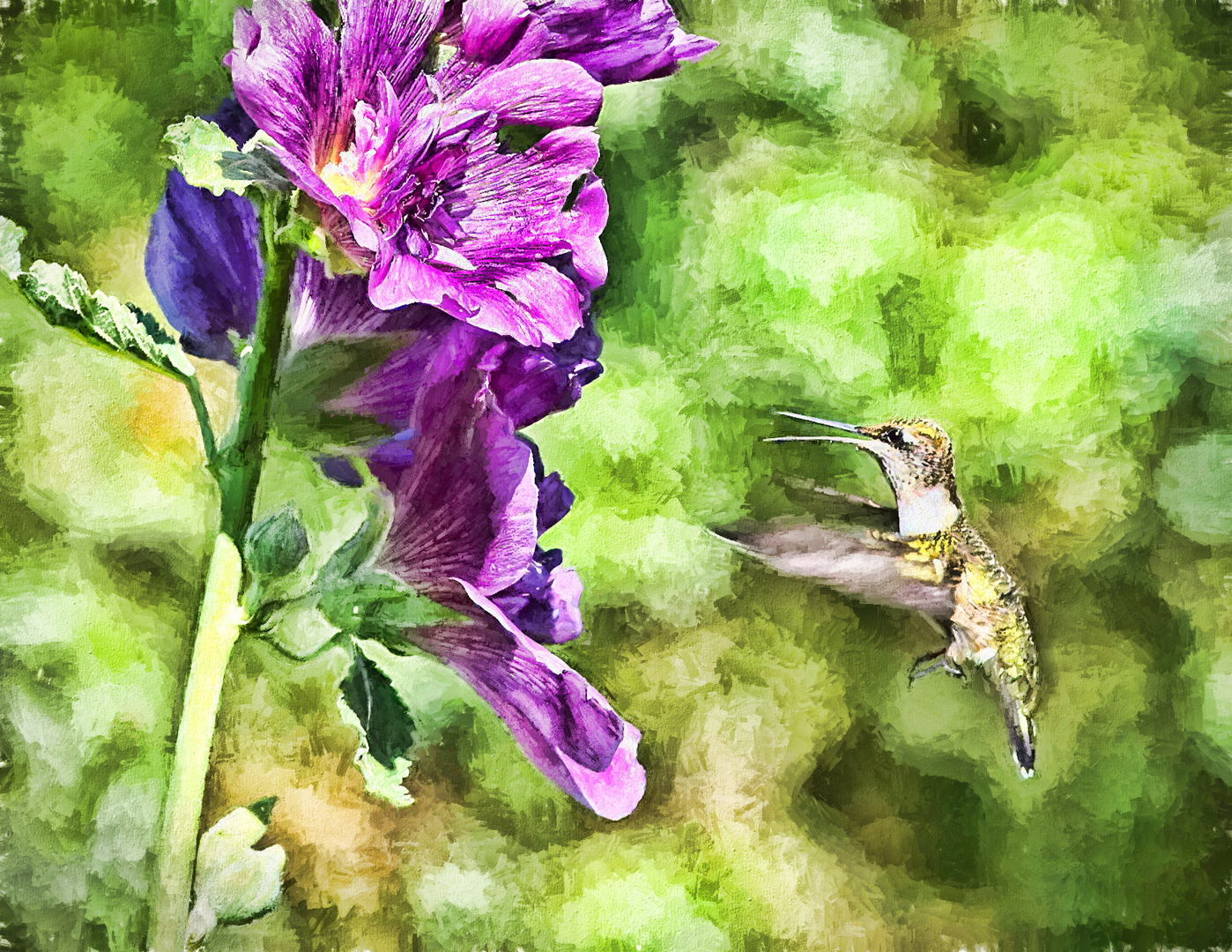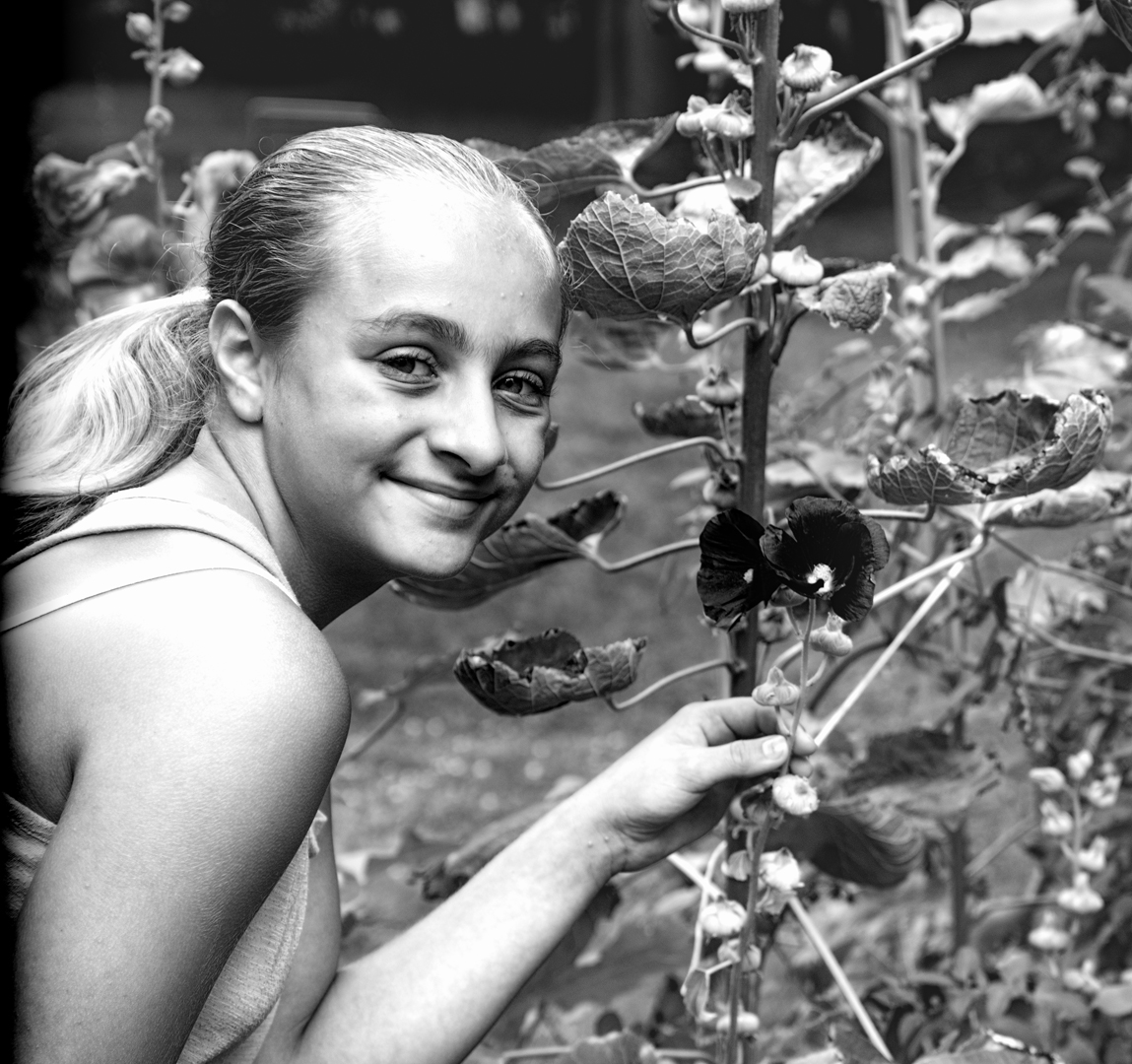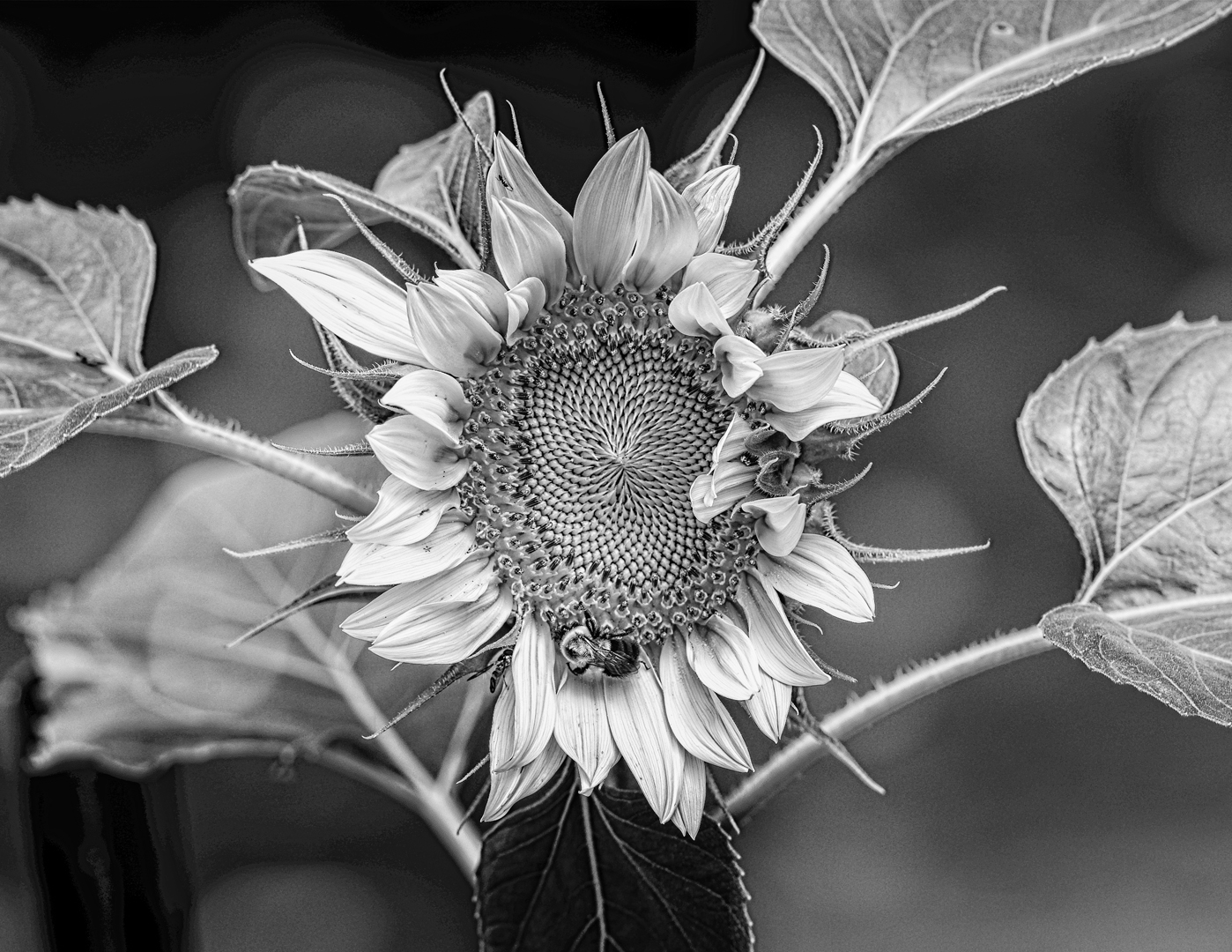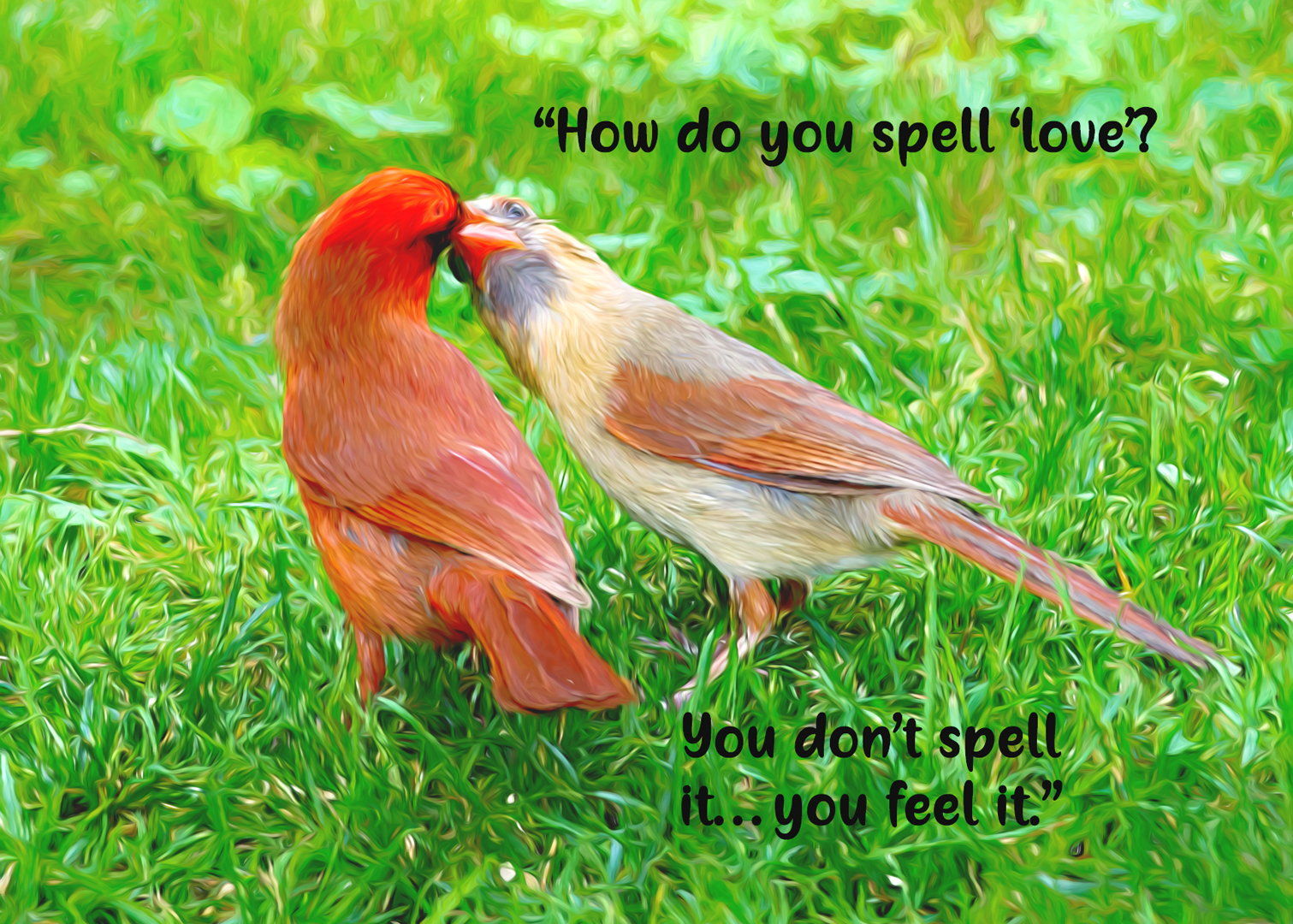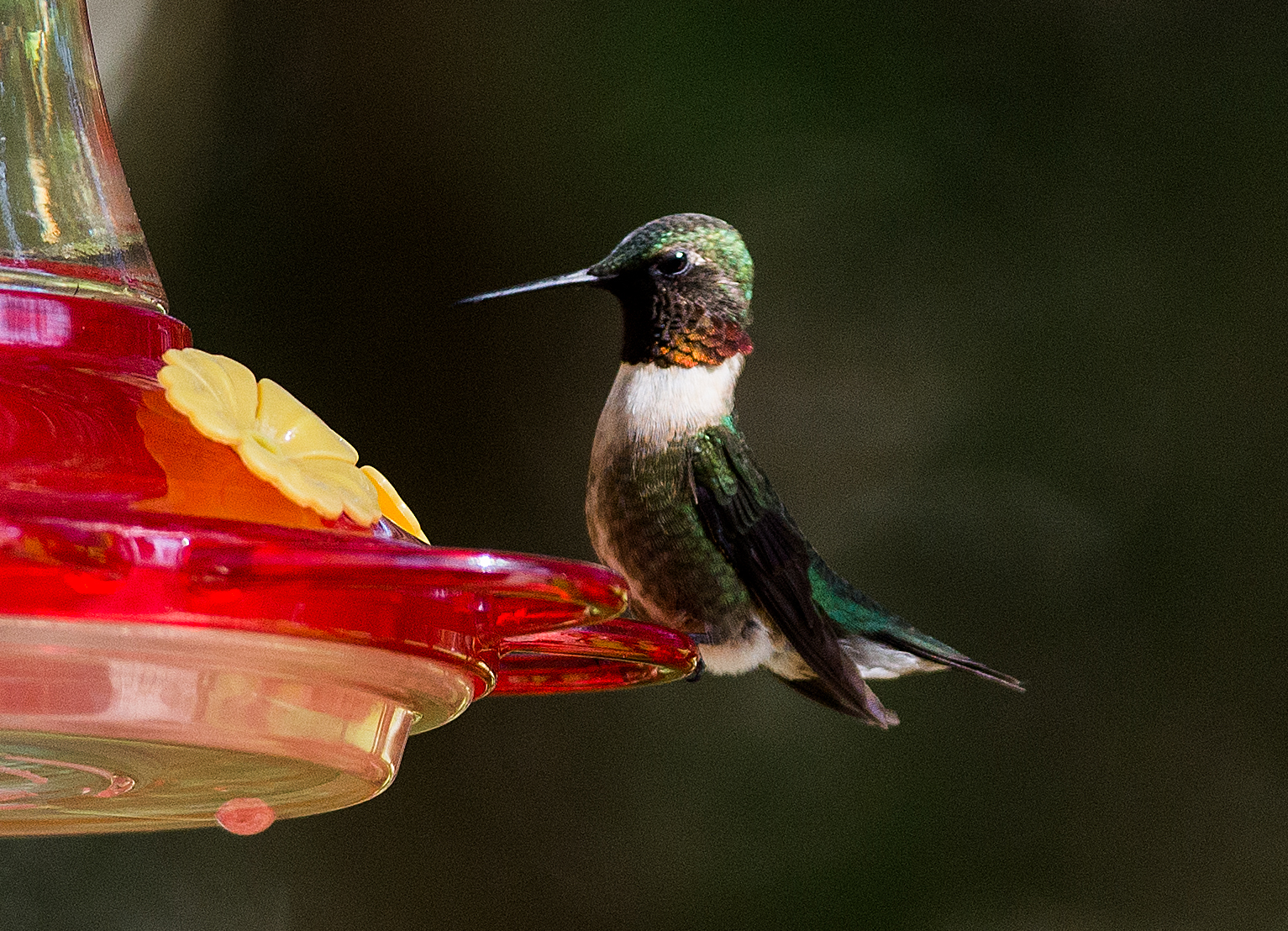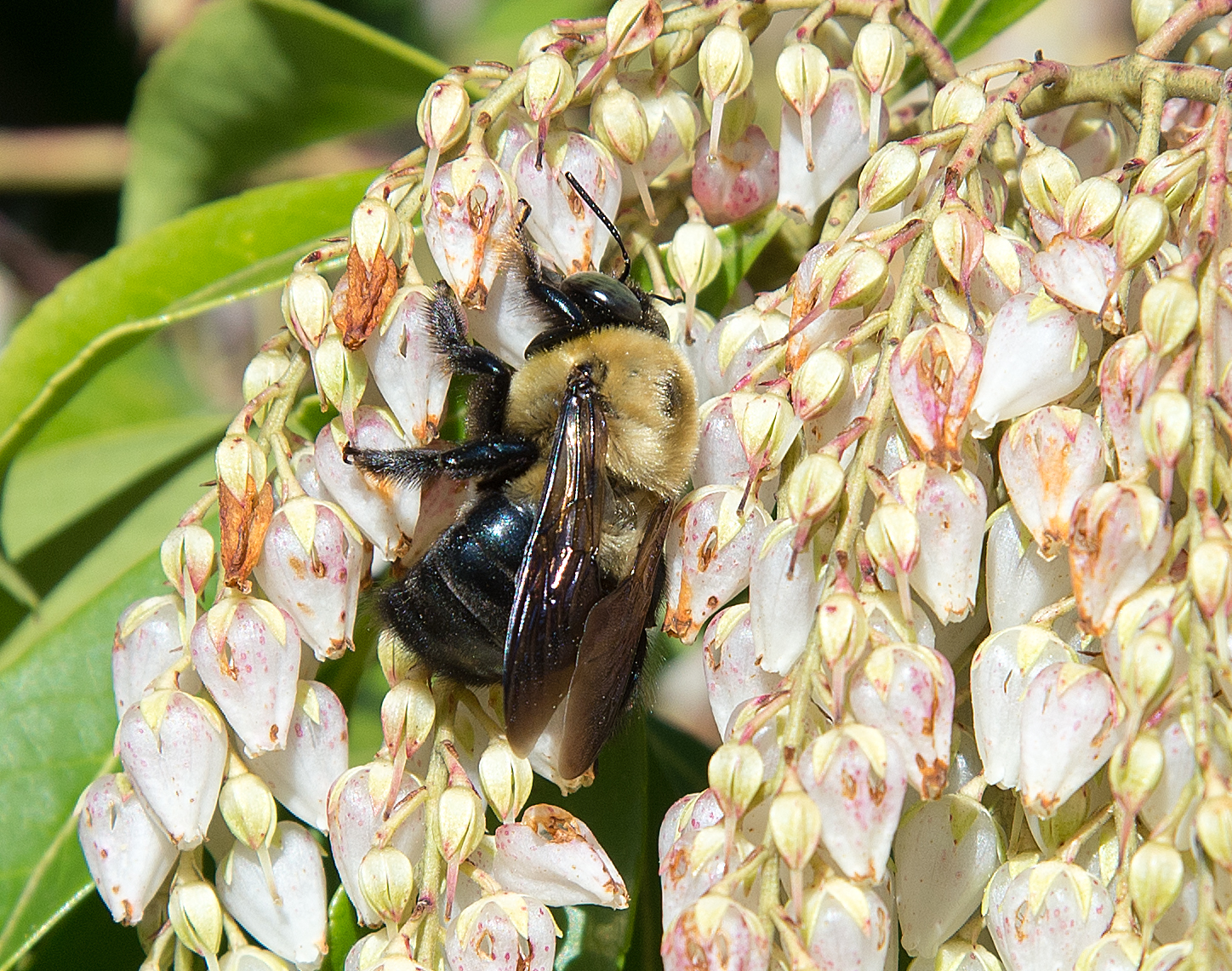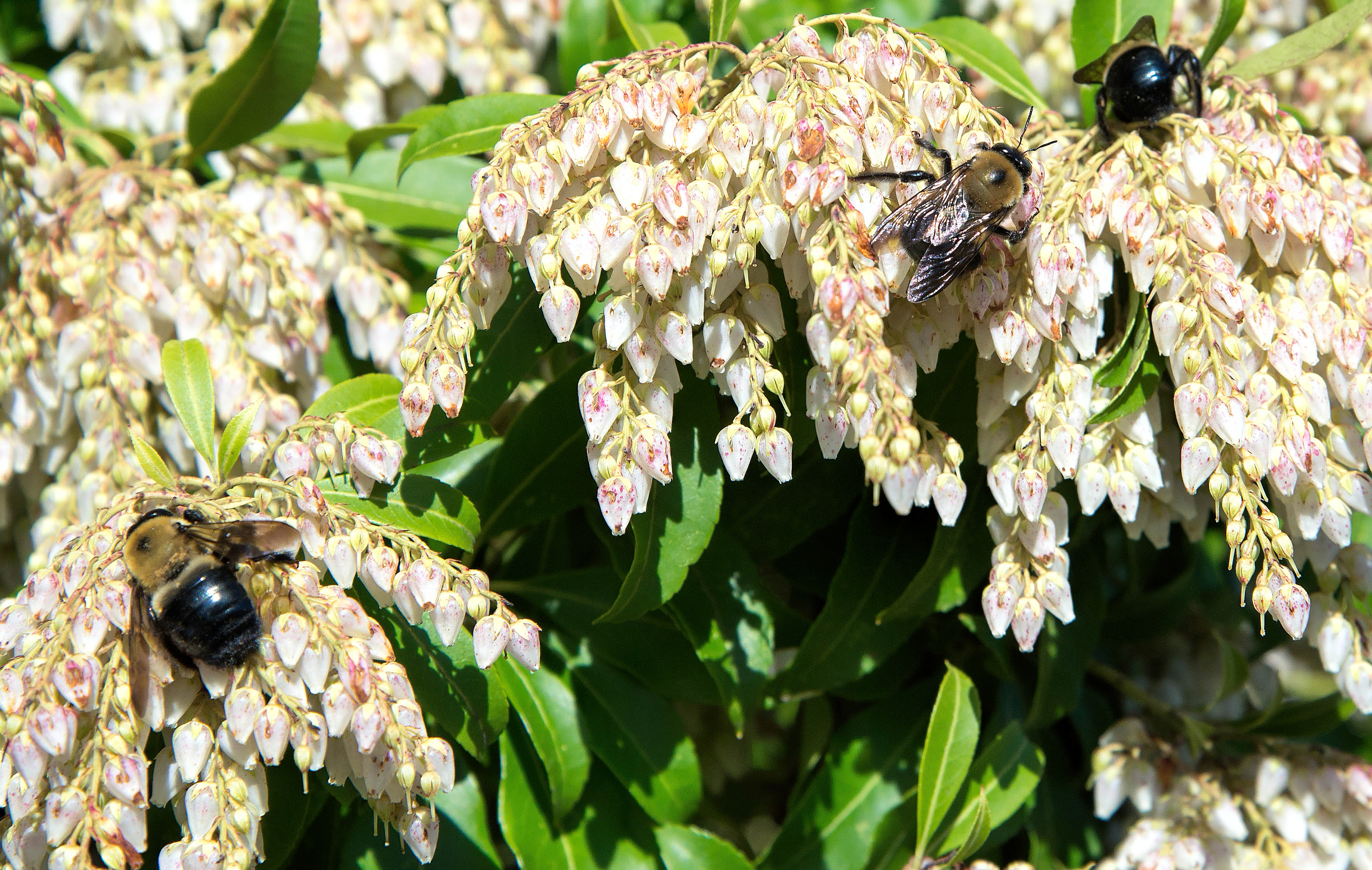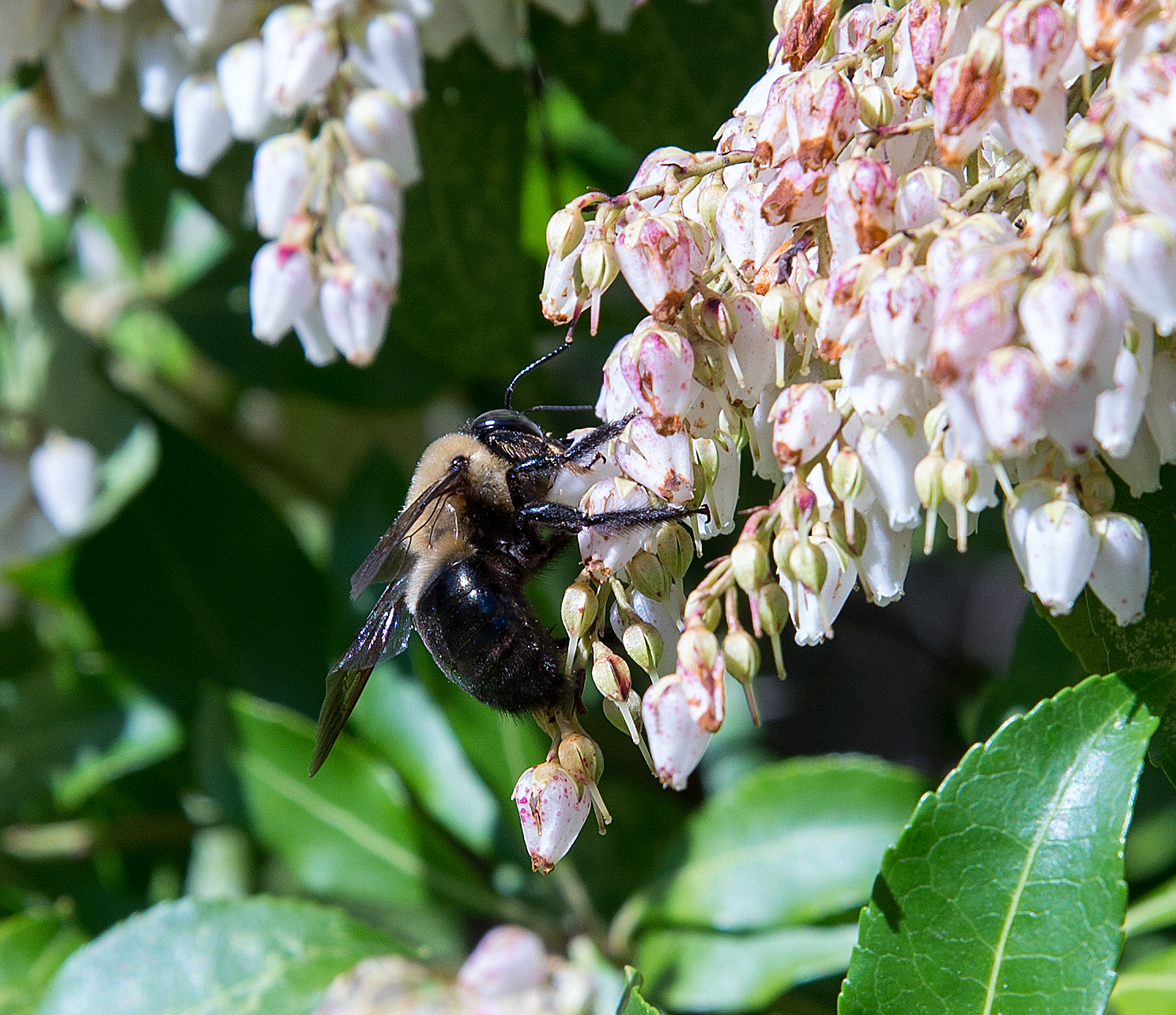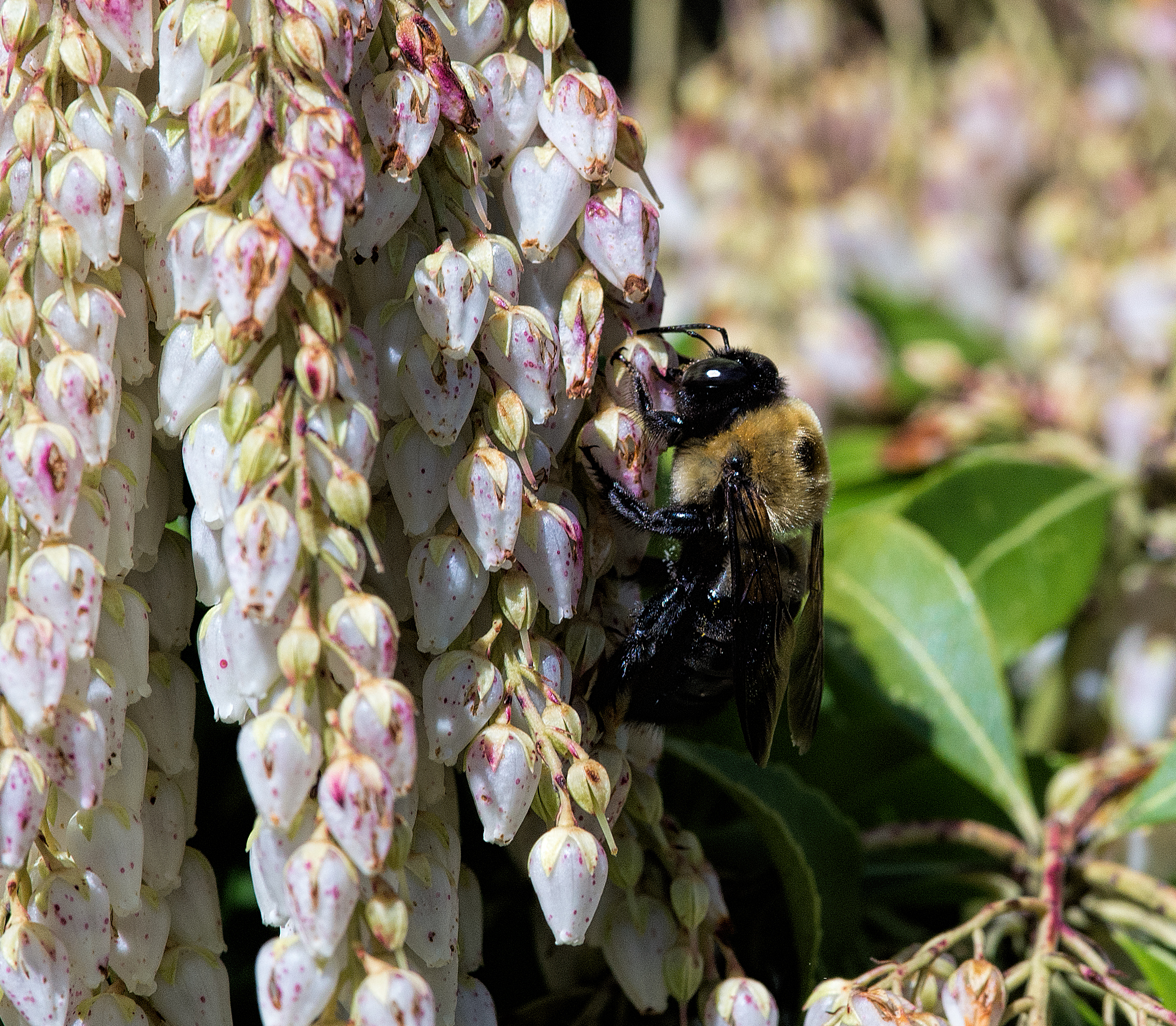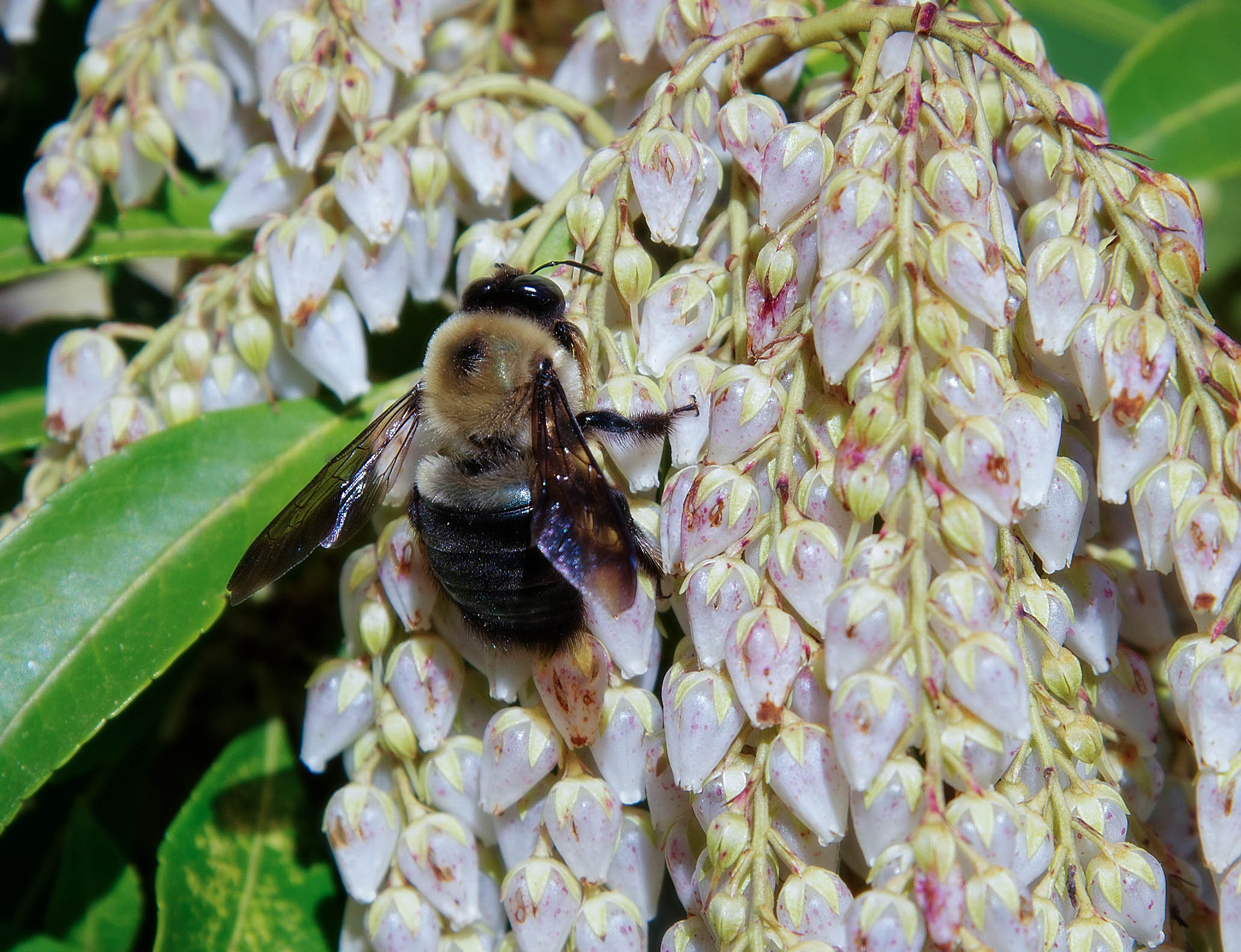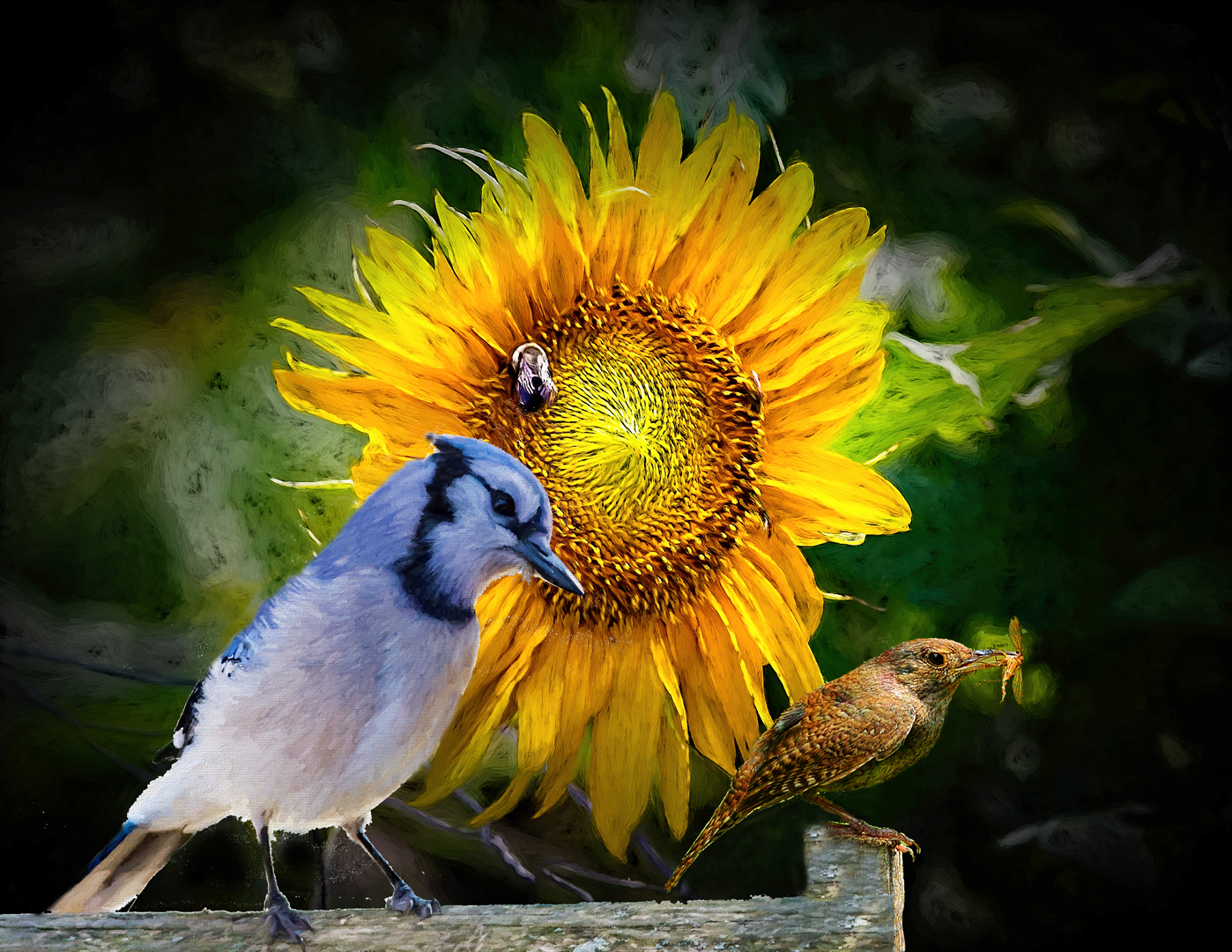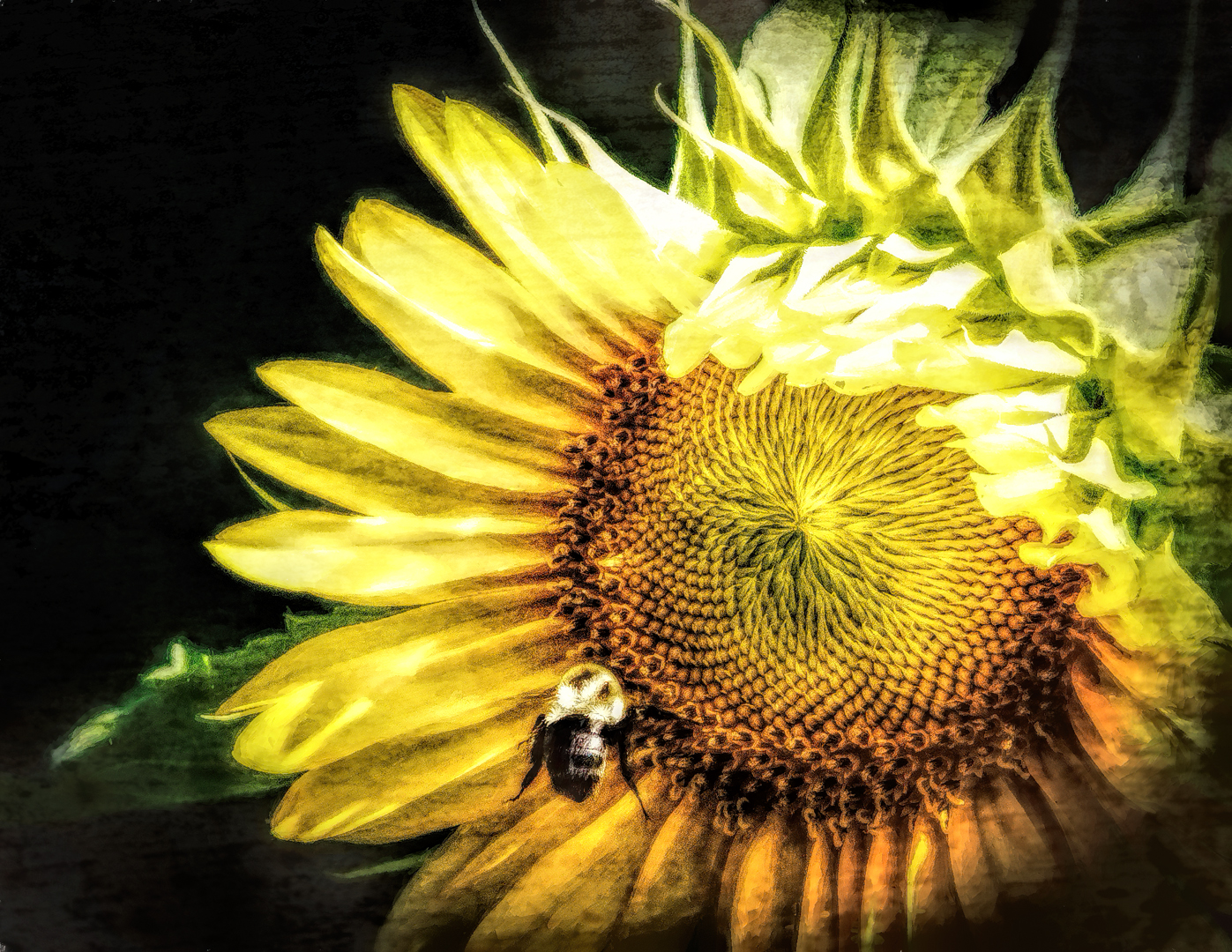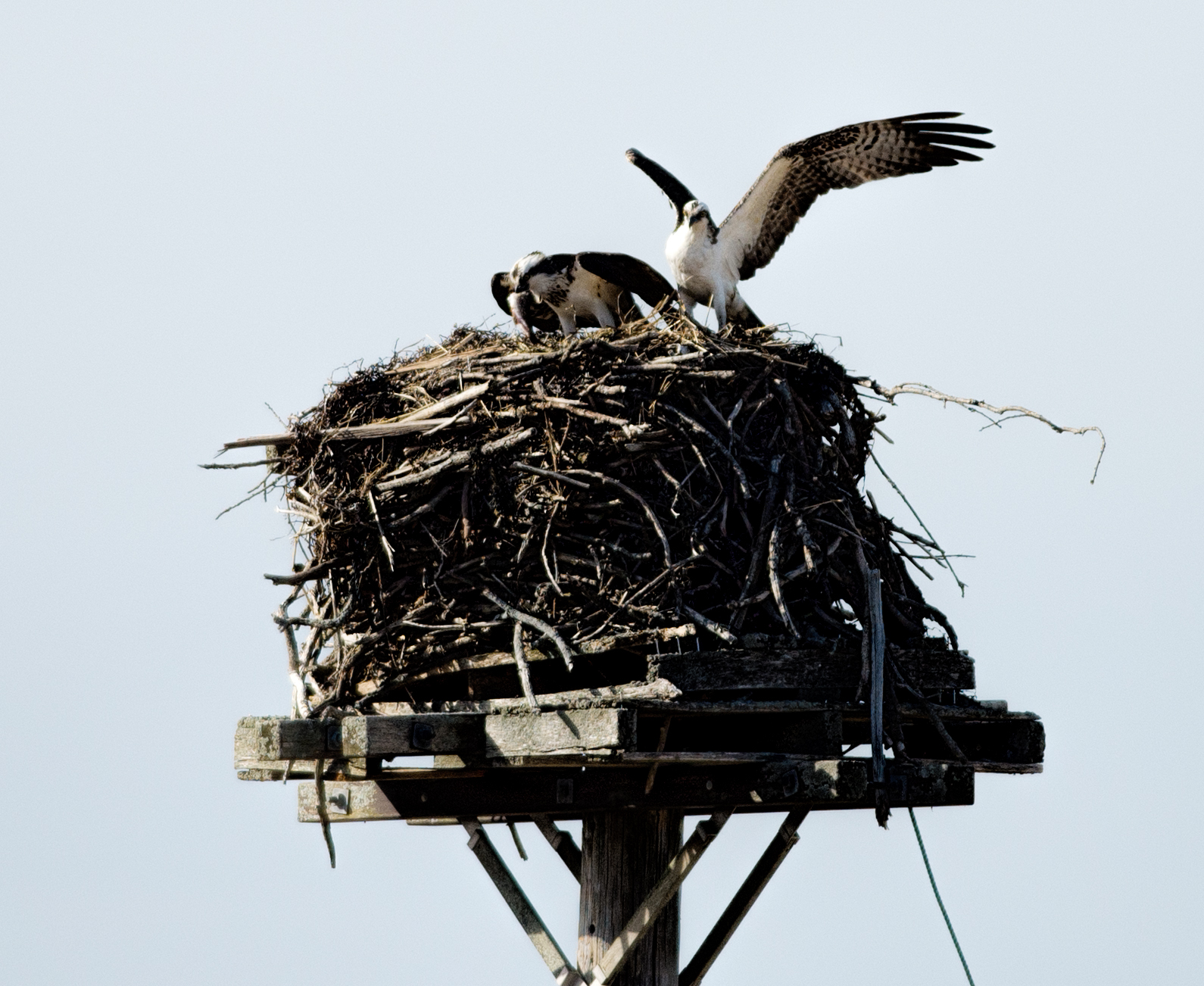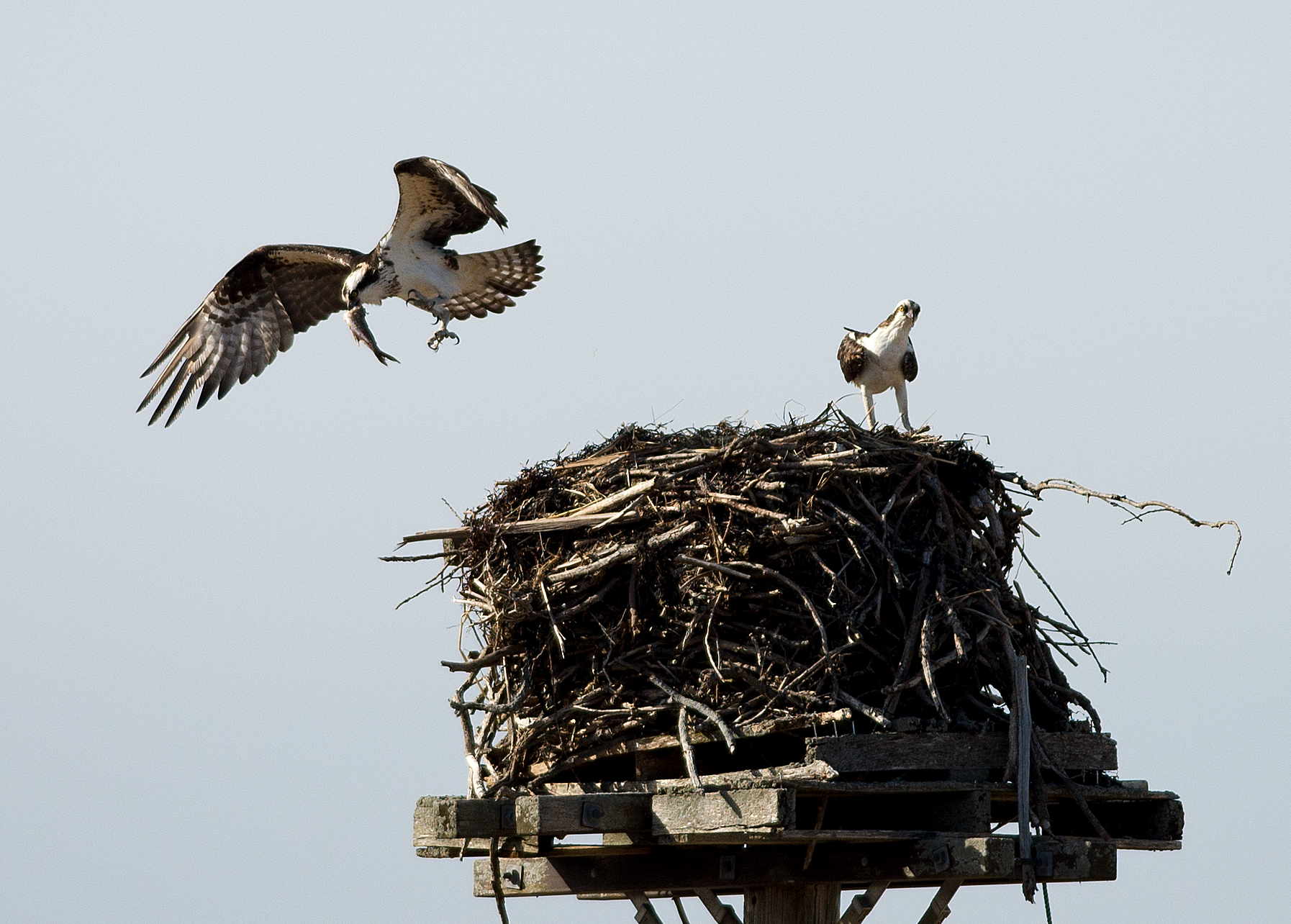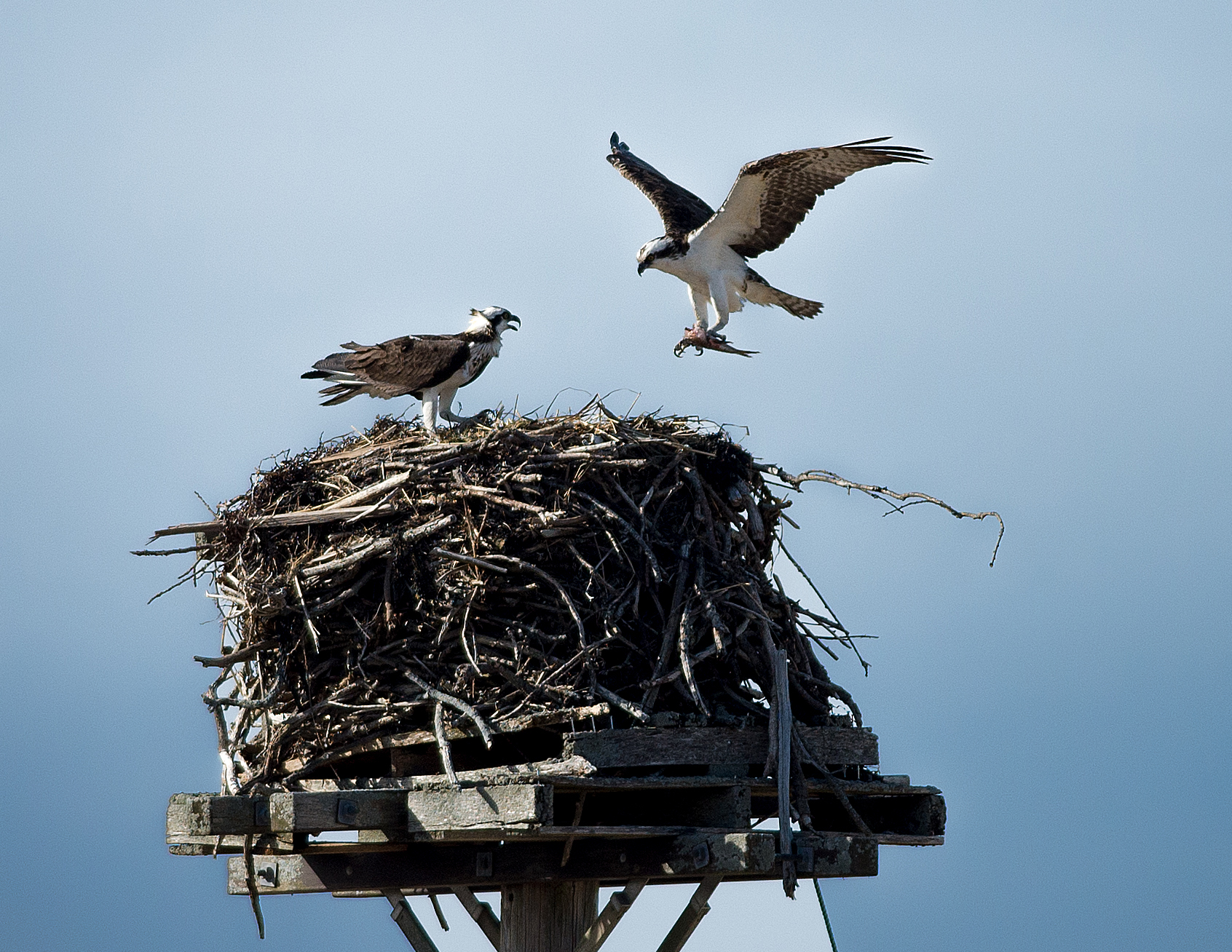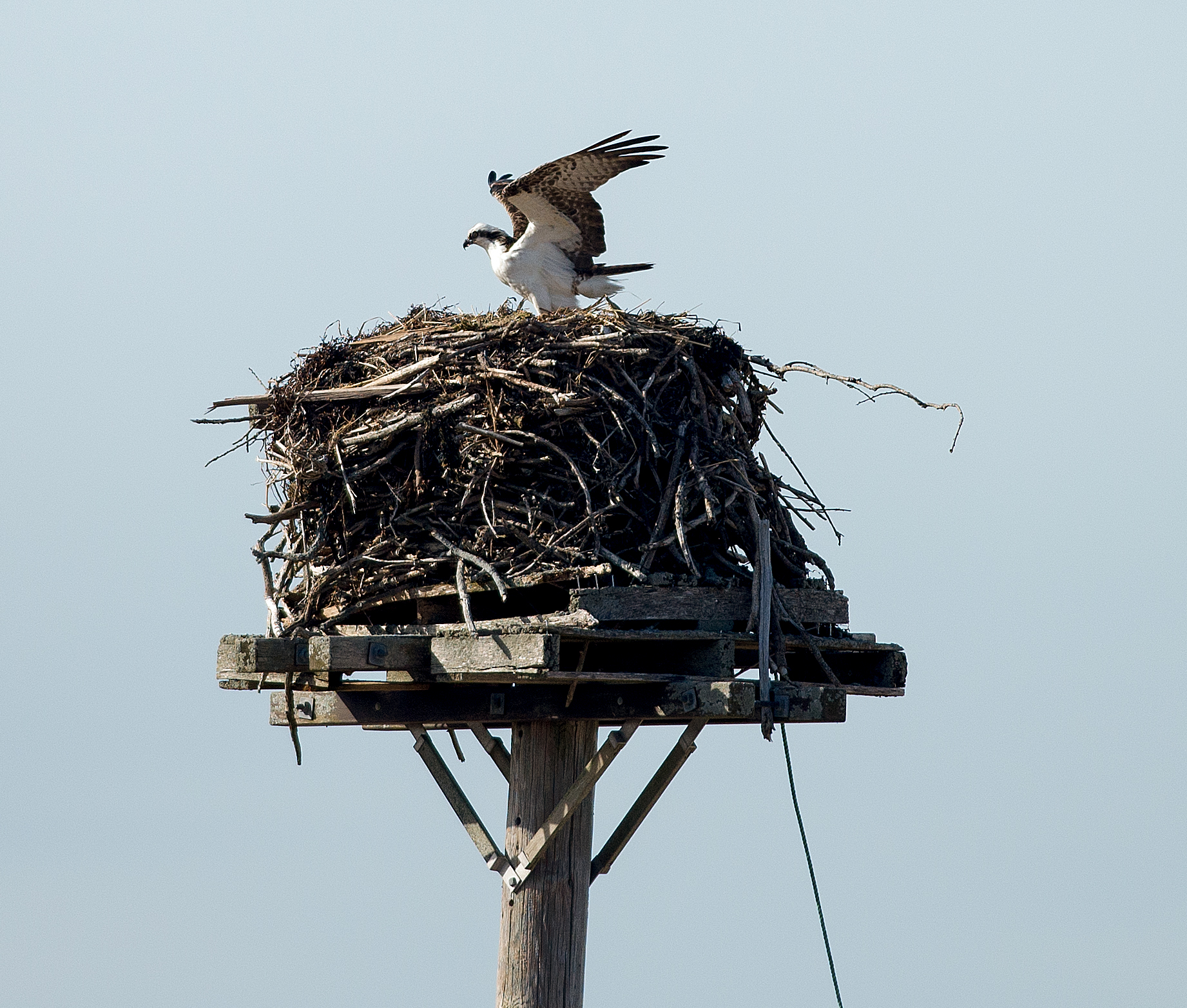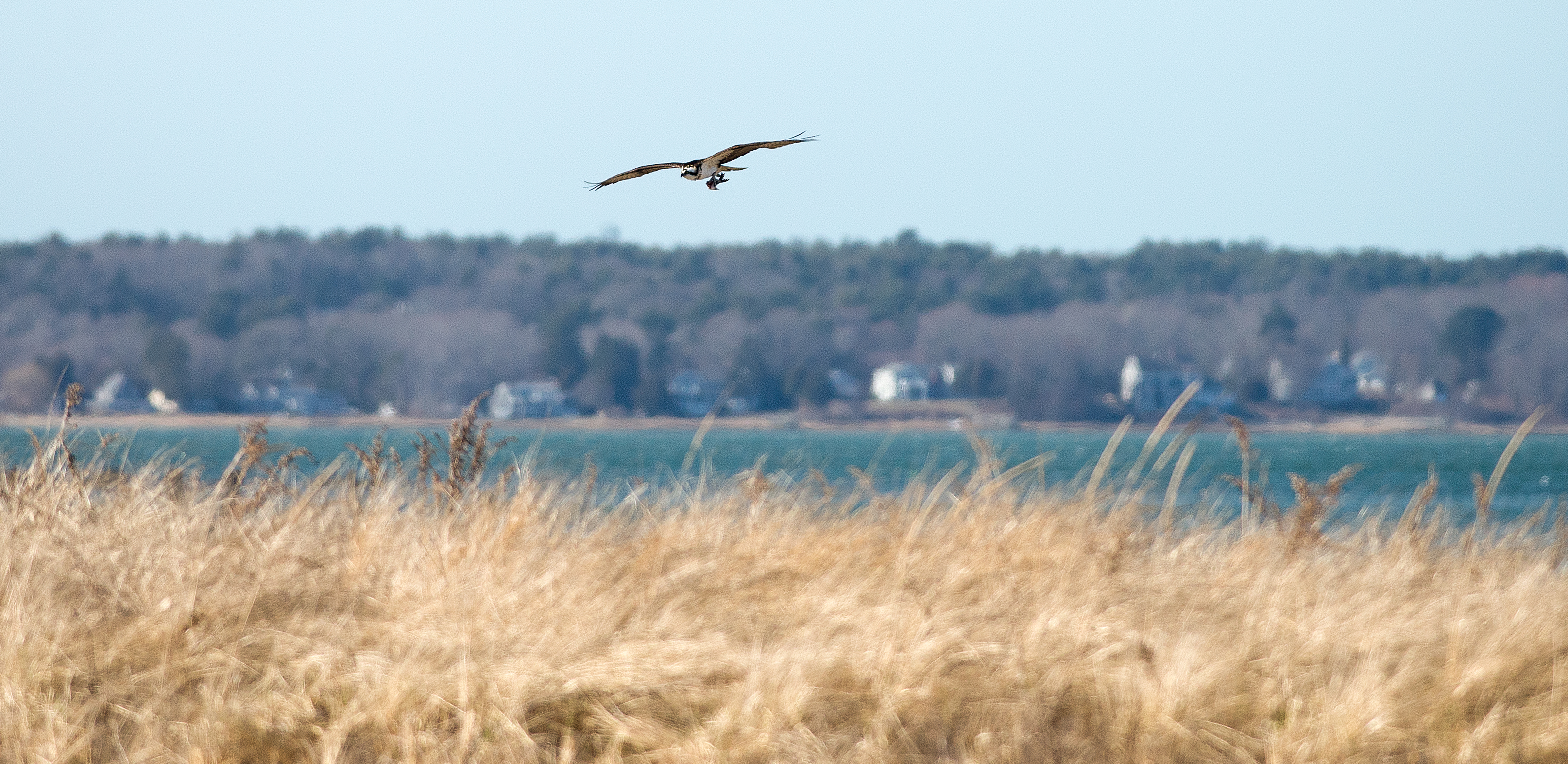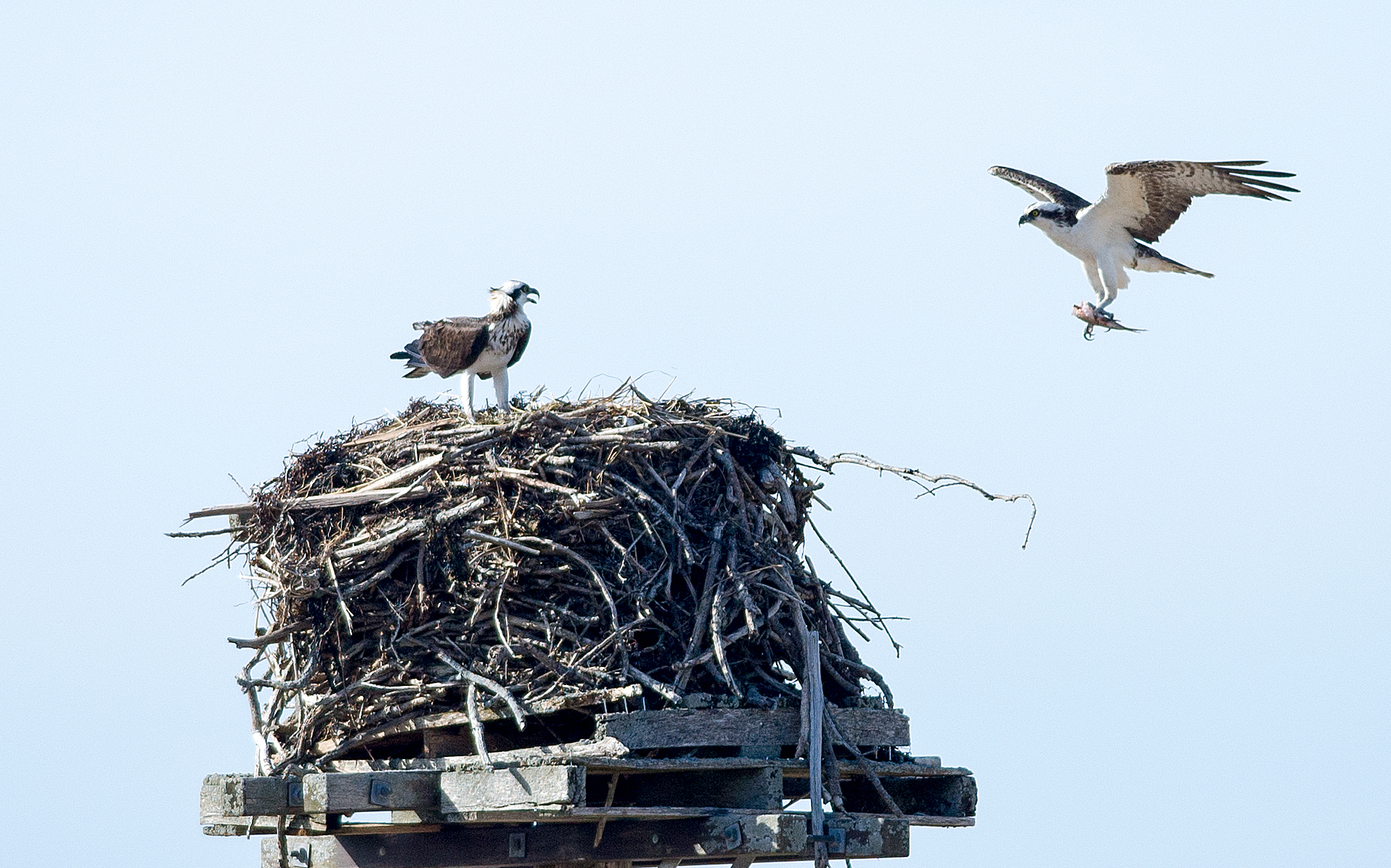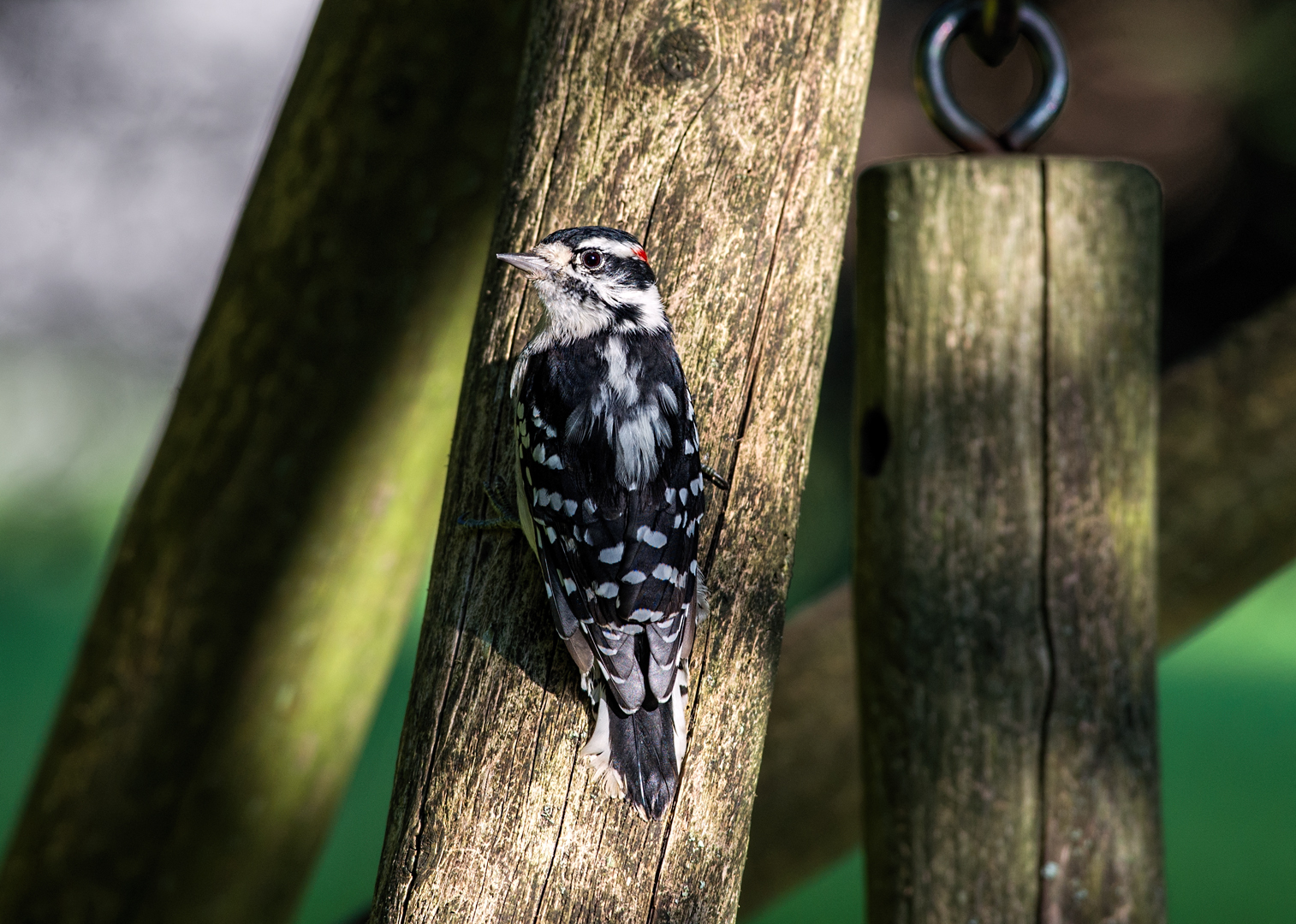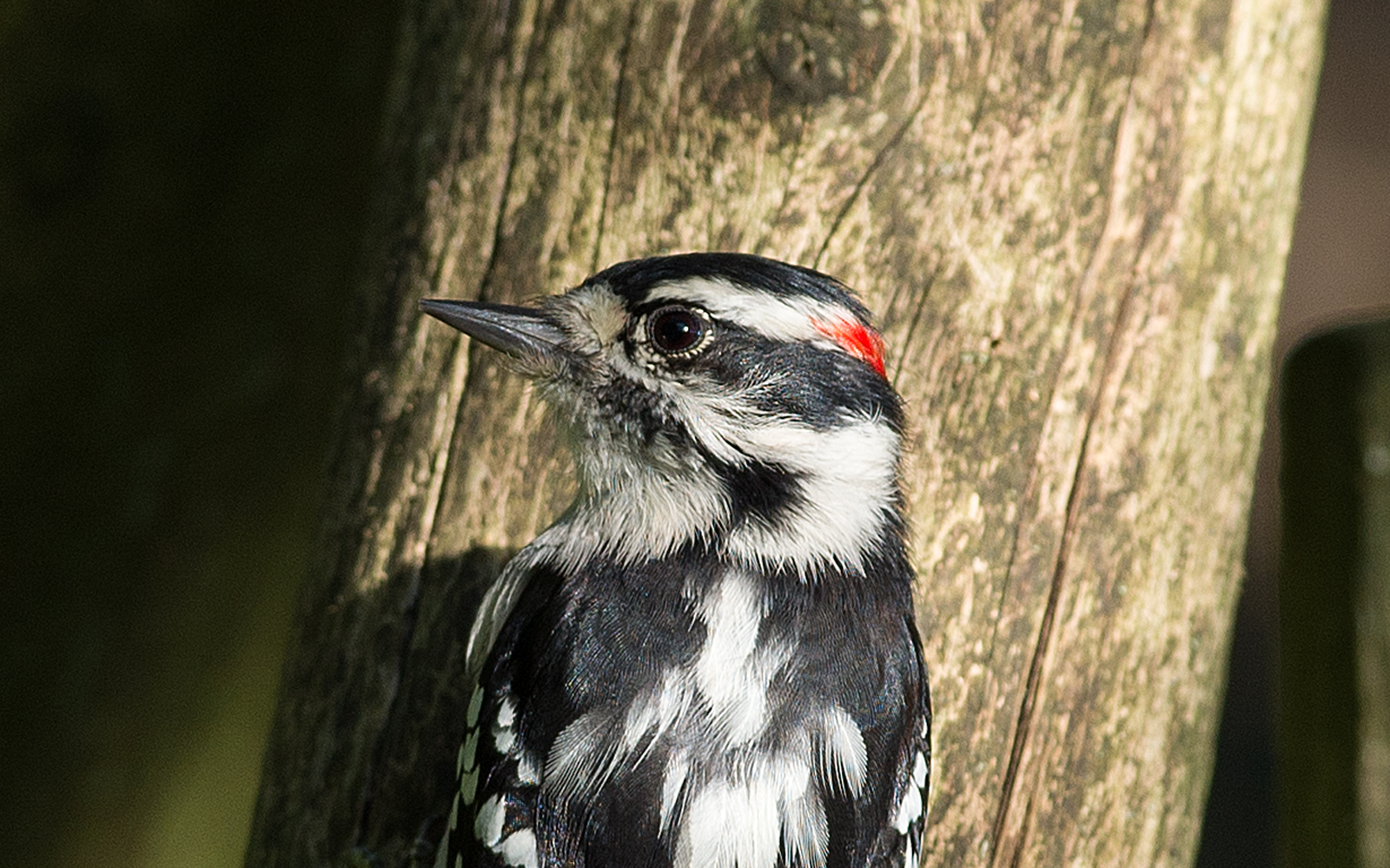Hollyhocks
Hollyhocks, as I see them.
In pagan and Wiccan circles, Hollyhock symbolism is associated with Lammas because of its tendency to reproduce in abundance. They are frequently used in rituals involving requests for abundance, due to Hollyhocks symbolism of growth and rebirth.
In fact, it is said that one reason why it used to be grown so close to English cottages was to promote abundance in the household, both in power and wealth, but also in fertility.
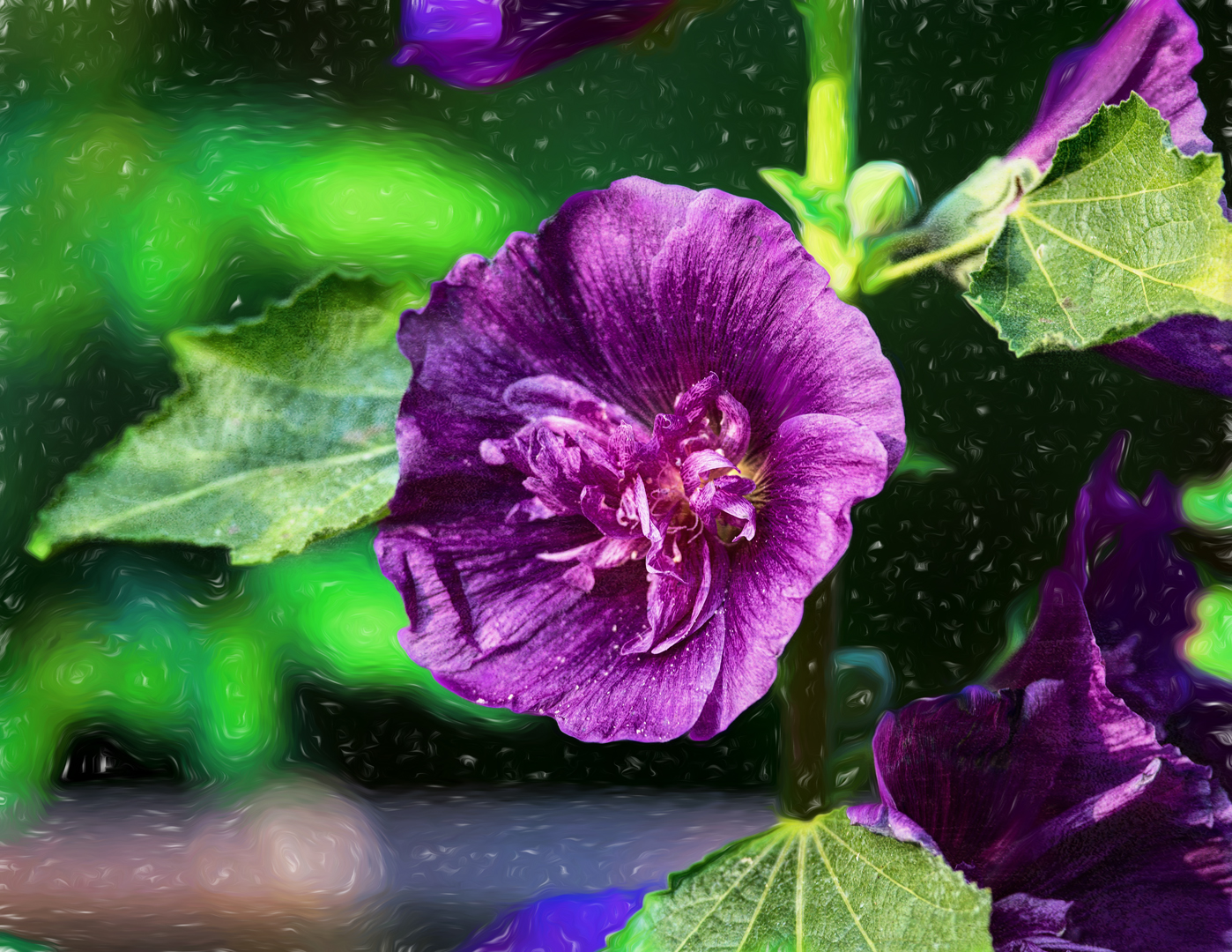
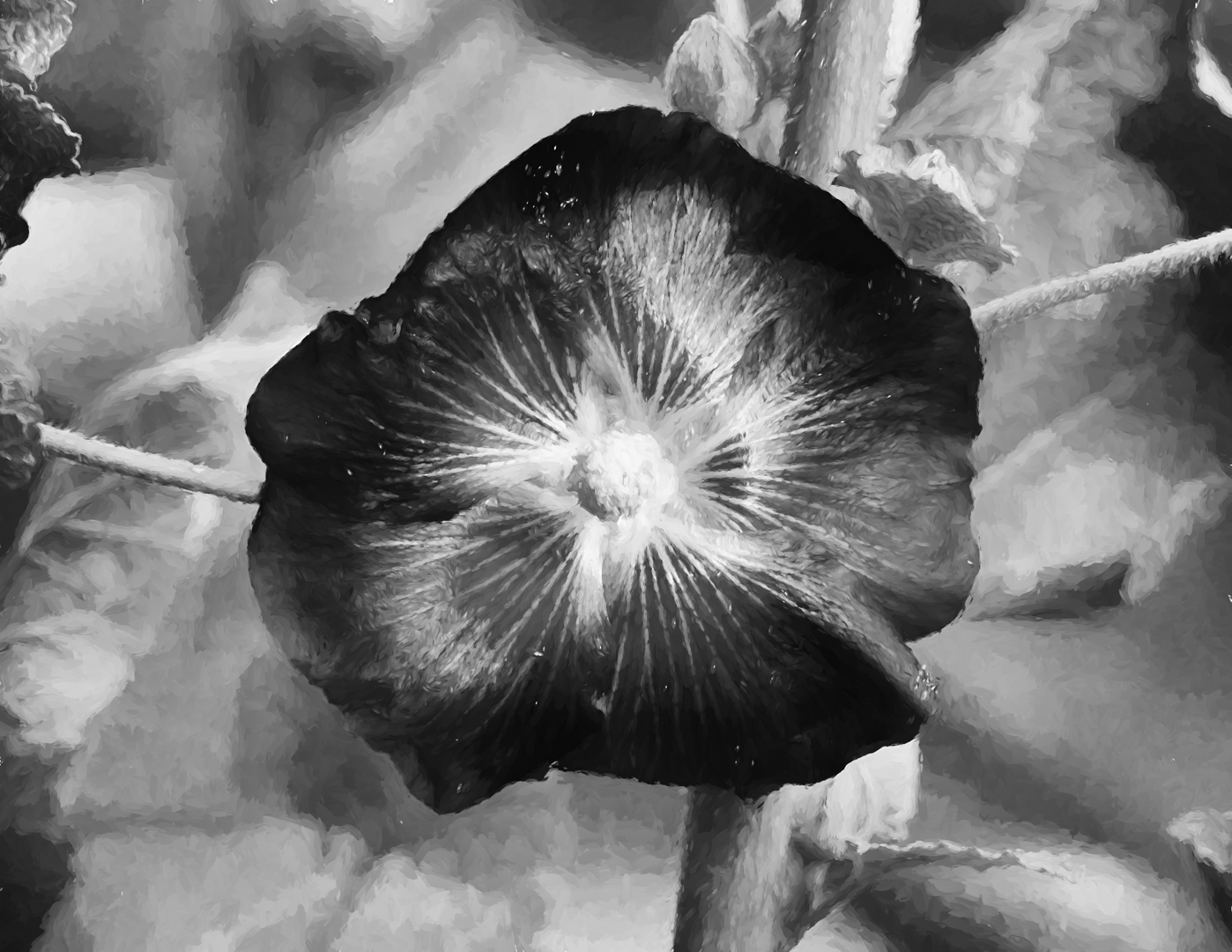
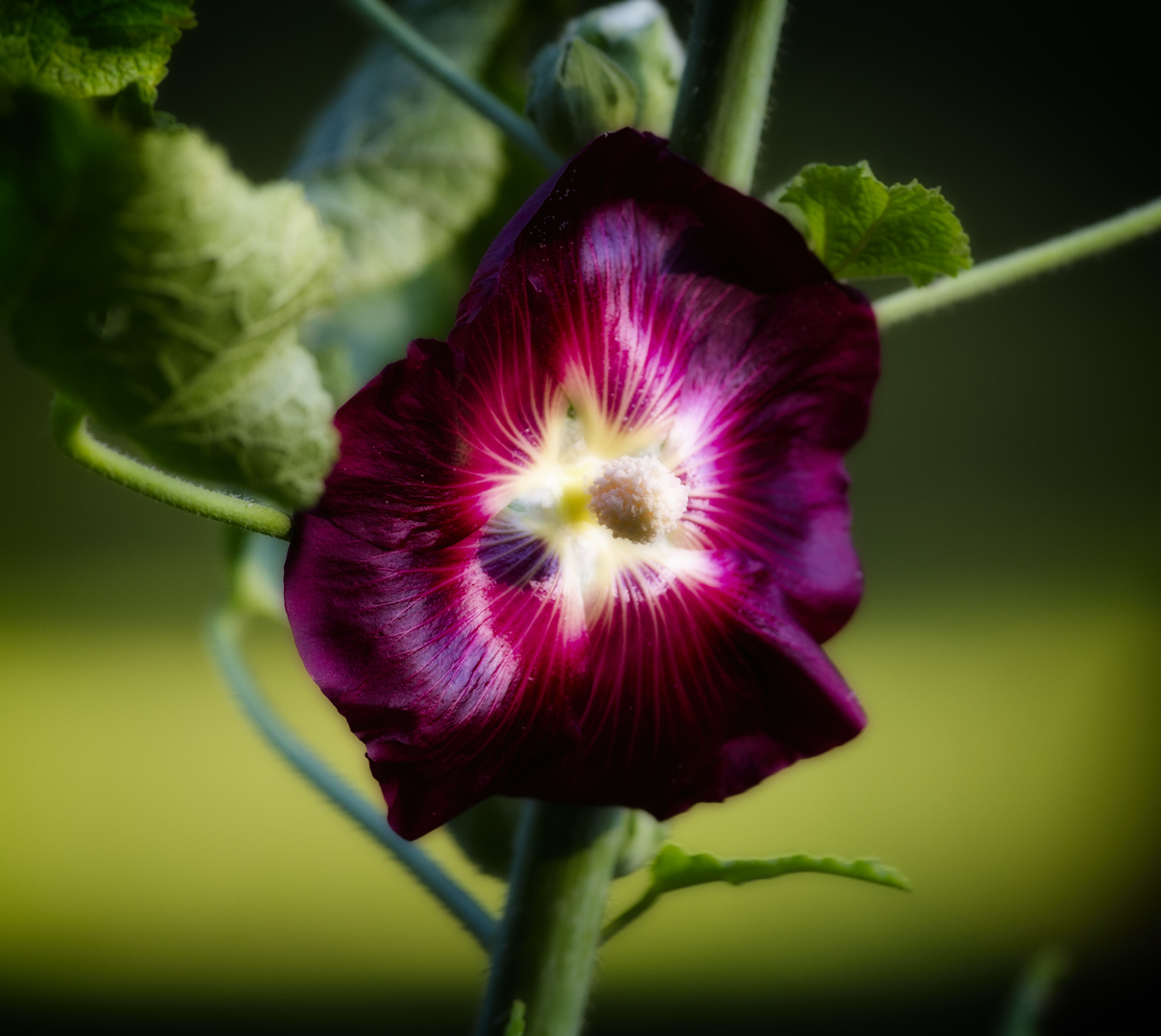
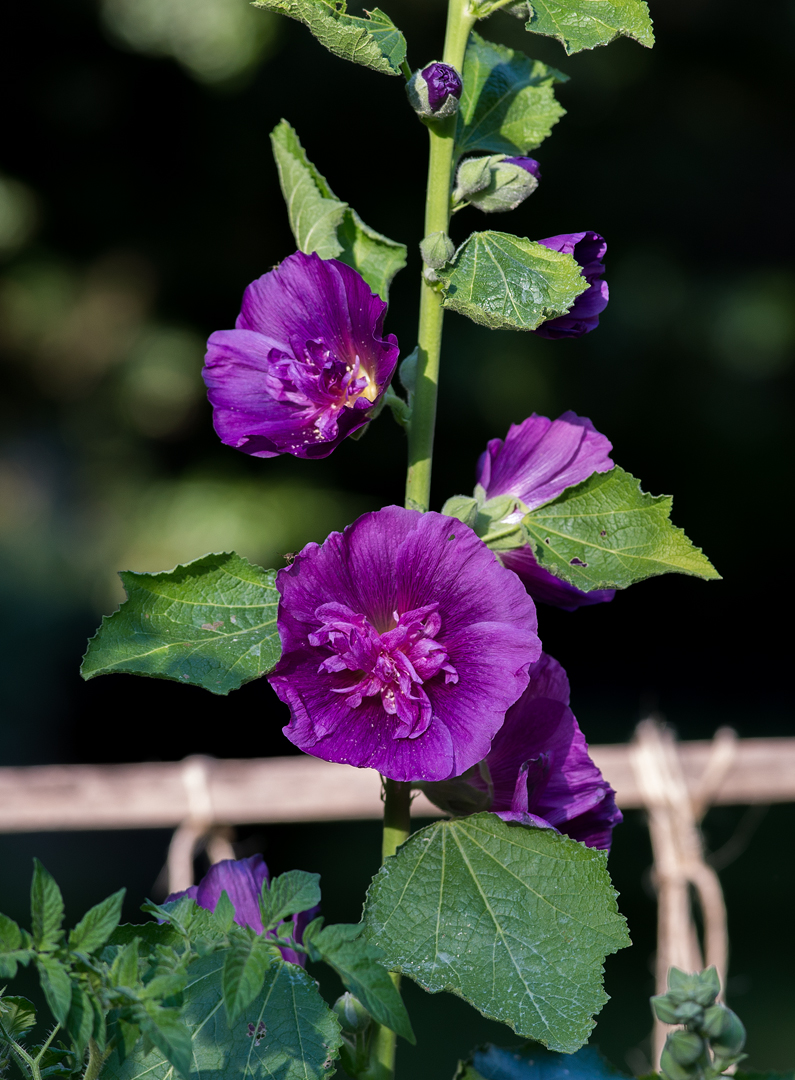
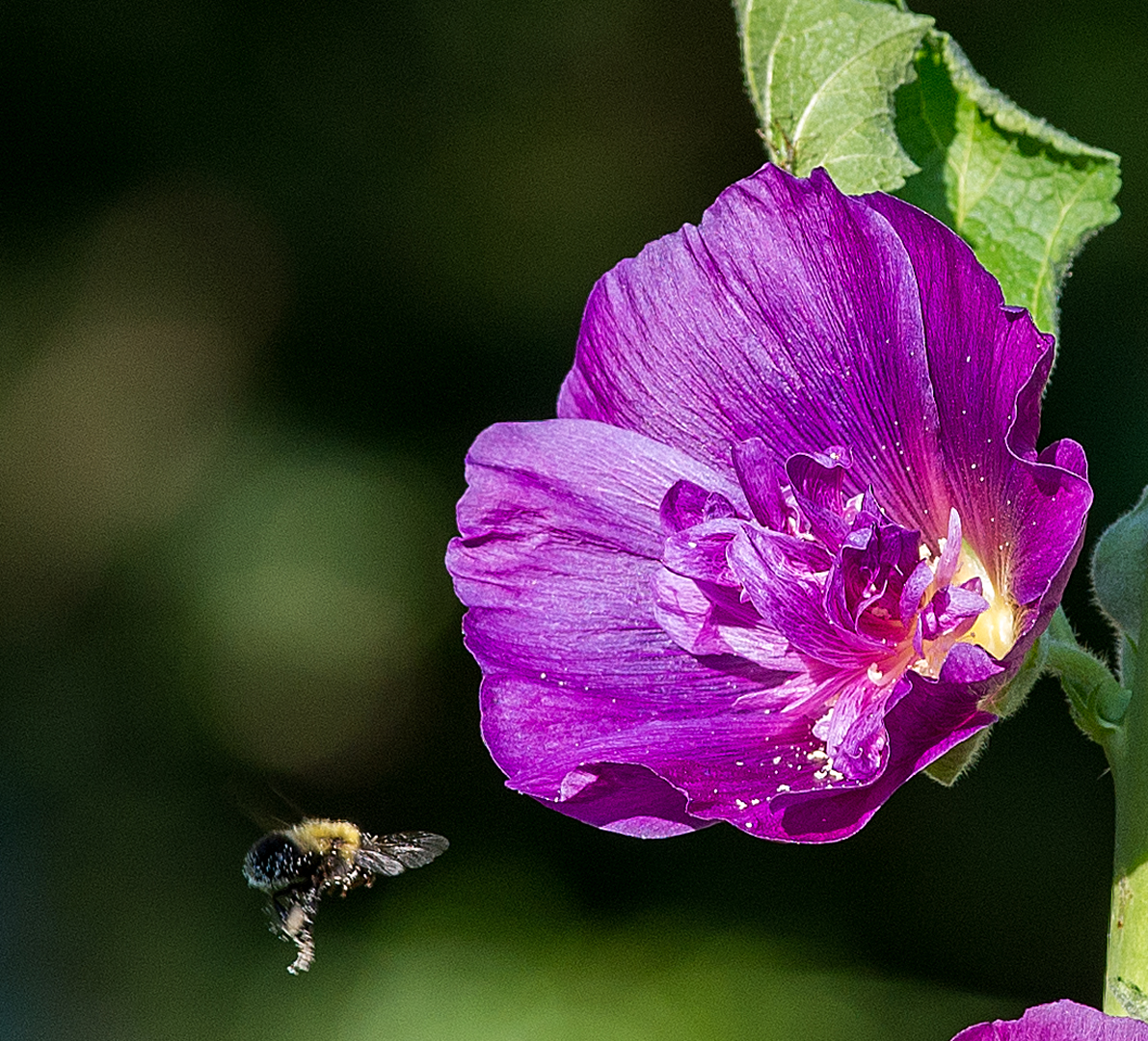
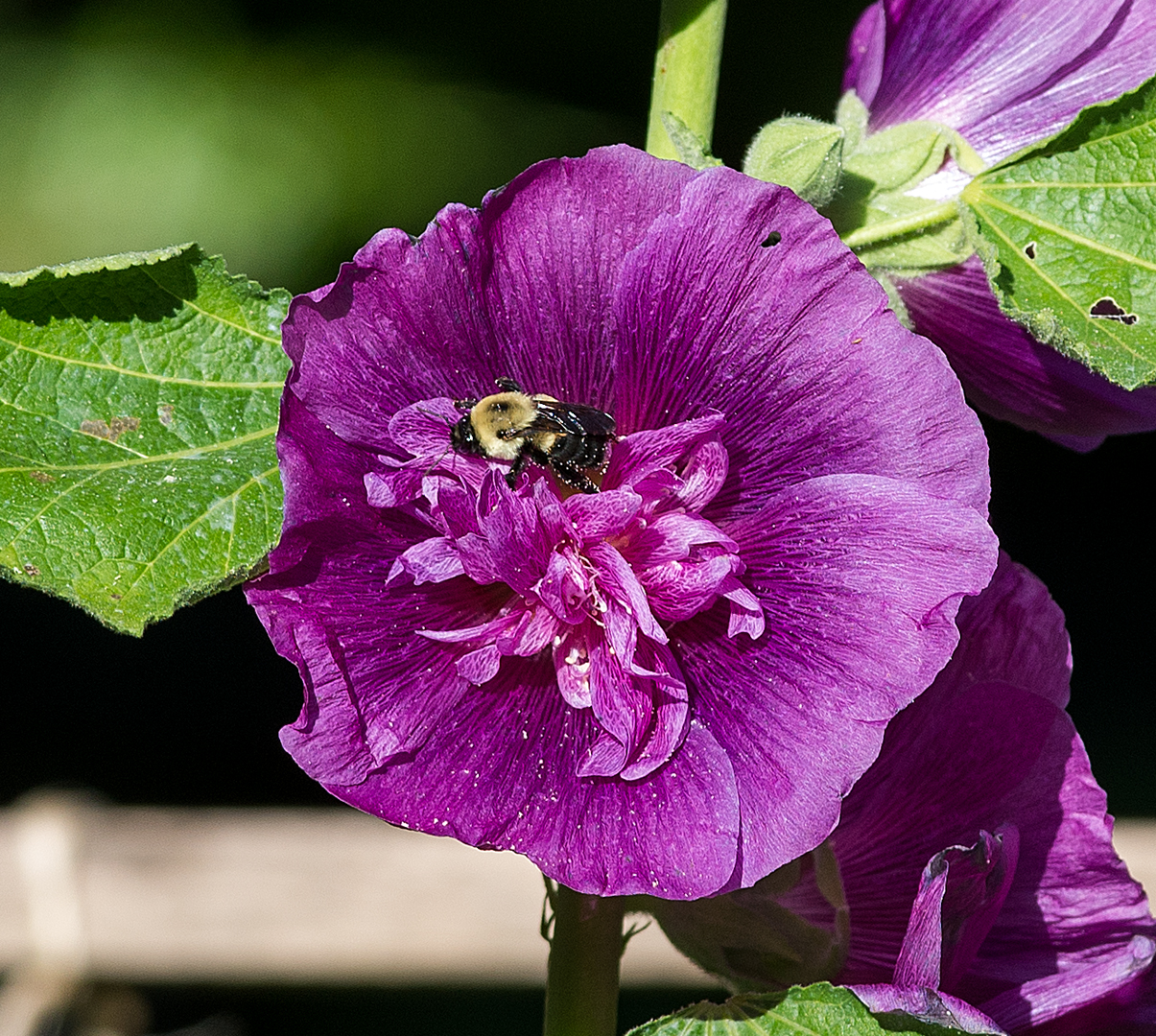
It wasn’t uncommon even in the modern era to find Hollyhocks grown in graveyards, particularly along fences and gates.
Oliver Mill Park
Always something to see at Oliver Mill Park
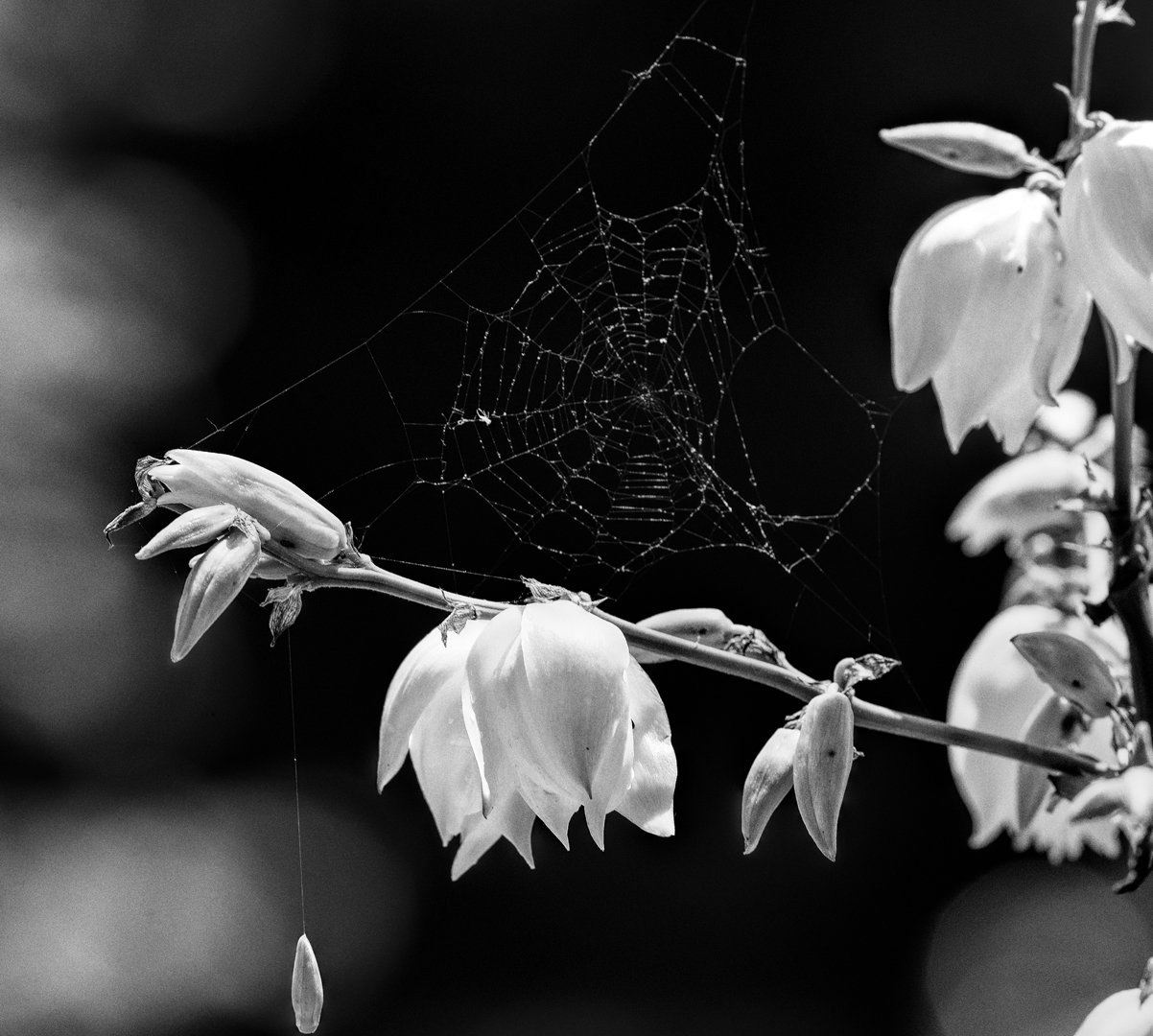
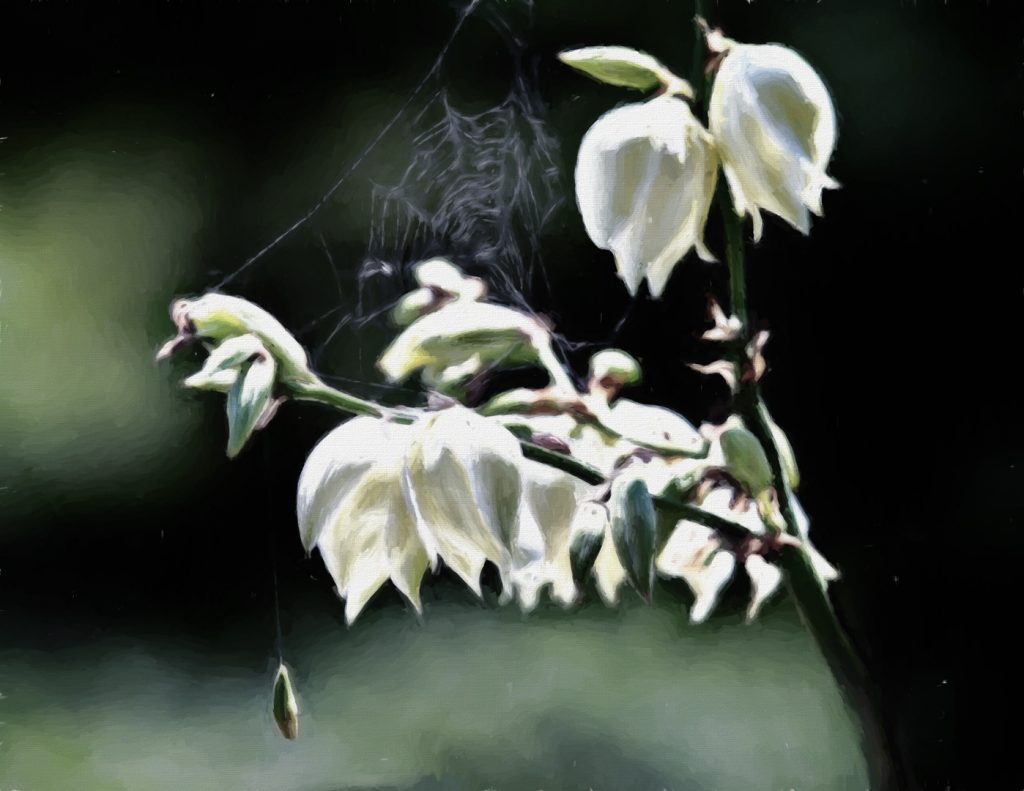
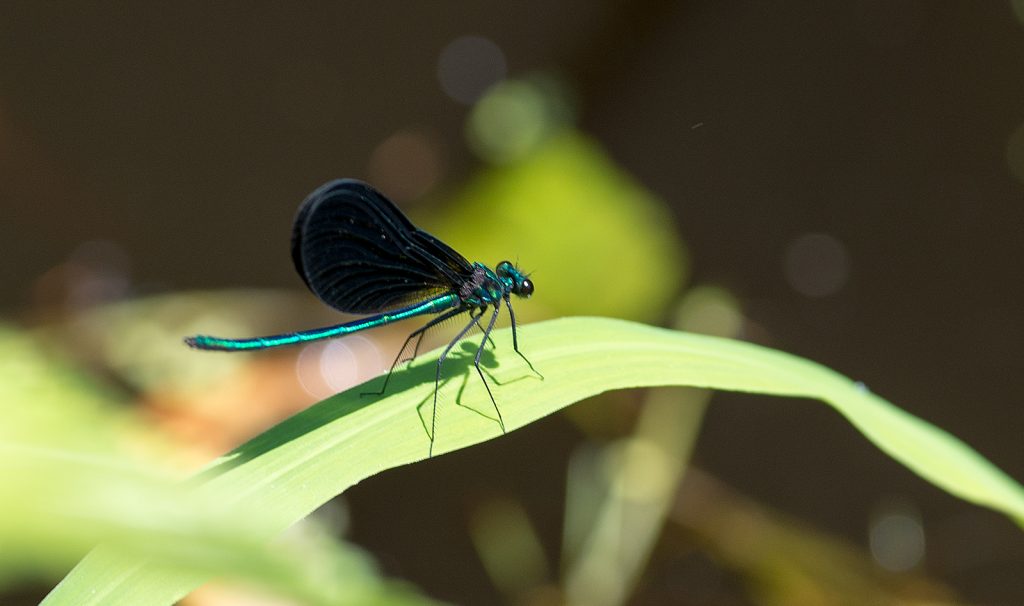
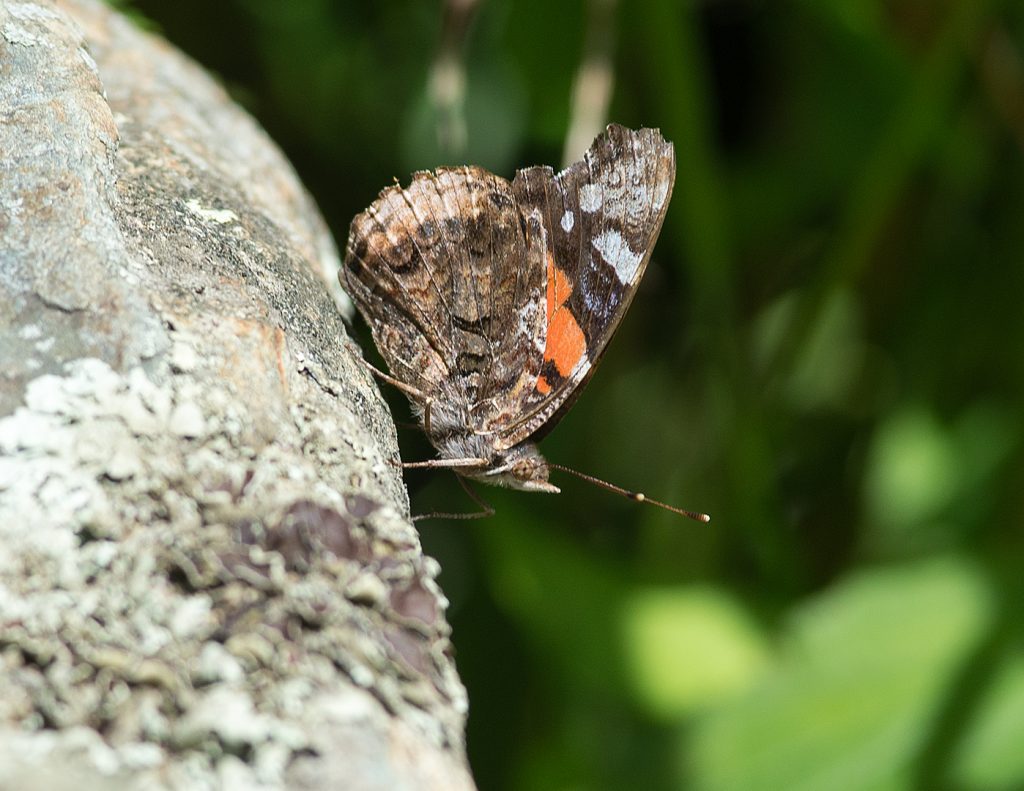
Spring May 6th 2019
Finally, it may be close to Spring.
Behold, my friends, the spring is come; the earth has gladly received the embraces of the sun, and we shall soon see the results of their love!
From June 18, 2018 WATCH HERE
Herring, The Incredible Journey
For Jimmy, the best Barber in Town
The Incredible Journey Continues, right down the street from you.
Nemasket River, Oliver, 4/9/2019
Nemasket River, Oiiver Mill, 3/30/2019
Wareham Street, Middleboro MA, Herring Run
March 25th Oliver Mill Park Herring Run
Chloe with GoPro
Past Videos Here
“Humans are natural born sci
Dreams of Summer
“Spring flew swiftly by, and summer came; and if the village had been beautiful at first, it was now in the full glow and luxuriance of its richness. The great trees, which had looked shrunken and bare in the earlier months, had now burst into strong life and health; and stretching forth their green arms over the thirsty ground, converted open and naked spots into choice nooks, where was a deep and pleasant shade from which to look upon the wide prospect, steeped in sunshine, which lay stretched out beyond. The earth had donned her mantle of brightest green; and shed her richest perfumes abroad. It was the prime and vigour of the year; all things were glad and flourishing.”
—Charles Dickens, Oliver Twist
Osprey back at Nelson Park, Plymouth
First Fish
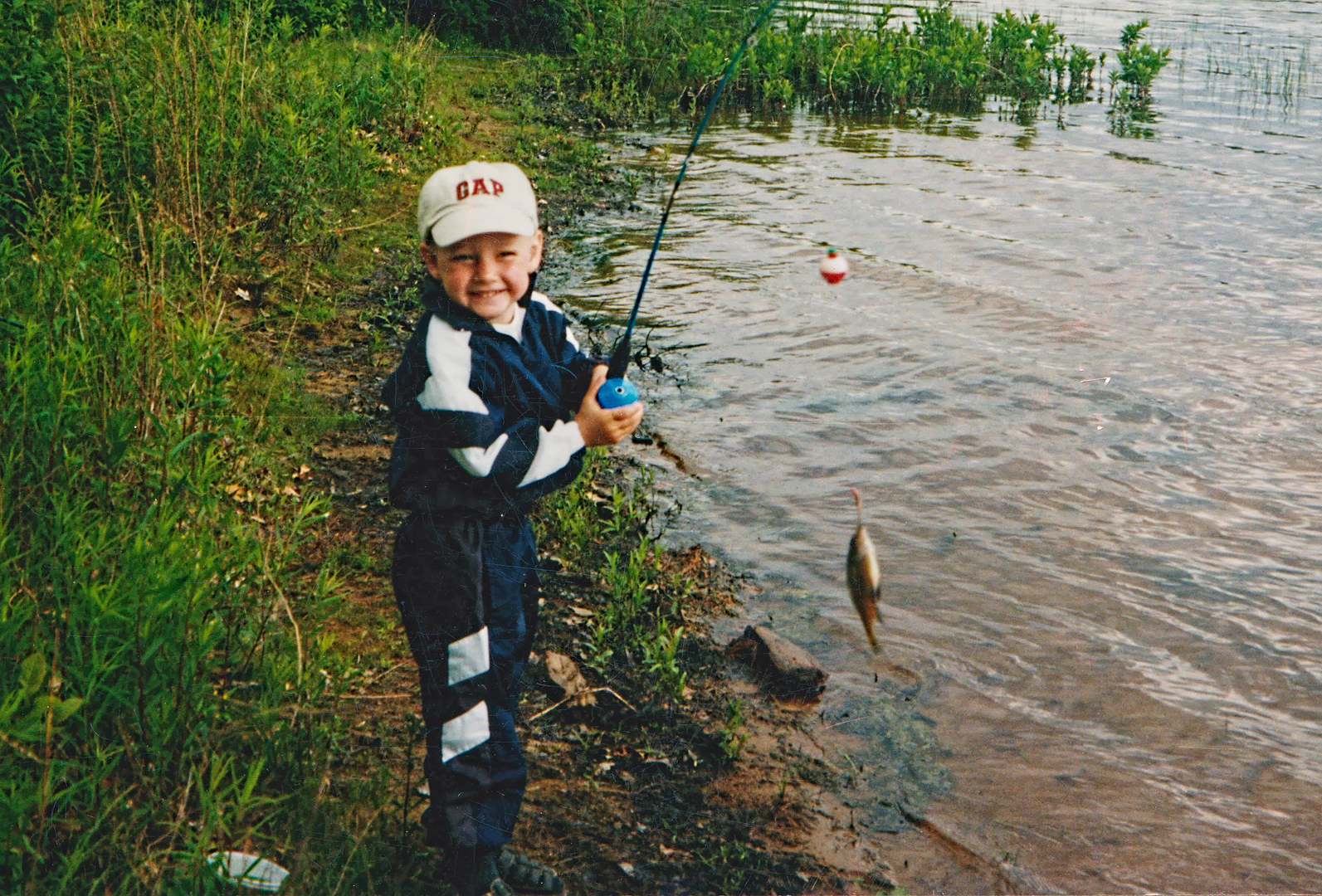
My grandson’s first fish, Watson’s Pond, Taunton, MA. Around 1999. A fishing trip is much more than just going to catch fish. It teaches a child about patience, makes them aware of the sights and sounds of the outdoors, and provides a great sense of accomplishment from baiting a hook to catching that first fish. We all need to take the time to bring our children outside and teach them about taking ownership in caring for the natural environment.
1963, I was 8 years old, what a grand time. I believe my father knew he had only a brief opportunity to introduce me to the love of nature. Living only 100 meters from a beautiful river in the Taunton area, gave me the exposure that would last without end and make his task unproblematic. I crawled through mud and swamps while looking for any kind of creatures by the river banks. I constantly pressured my dad to take me fishing, spring, summer or fall. He would provide me a time that would commence the adventure. I stayed in a chair and relentlessly glanced at the clock on the wall and when the hands were just right on the face, I was at the door , geared up to go. We grew vegetables, I dug holes for imaginary canals in his garden climbed great trees and hiked. Watched turtles within feet of our back door laying their eggs. I was guilty of sneaking out on my own many a time unsupervised. I remember one day in the middle of winter, snow fell heavy and the wind was rattling the old windows, I saw a hare, what today i believe was a Snowshoe Hare. Barefoot, out the door before my grandmother could stop me.
64 years old now, and still the love of nature exists in my soul.
There’s no better way to have fun together as a family than fishing together or just spending time outdoors. Make it a point to take your kid exploring.
Wareham Street, Middleboro MA, Herring Run
The Incredible Journey Continues, right down the street from you.
Nemasket River, Oliver, 4/9/2019
Nemasket River, Oiiver Mill, 3/30/2019
Wareham Street, Middleboro MA, Herring Run
March 25, 2019
March 25th Oliver Mill Park Herring Run
Past Videos Here
“Humans are natural born scientists. When we’re born, we want to know why the stars shine. We want to know why the sun rises.” — Michio Kaku
“The beauty of a living thing is not the atoms that go into it, but the way those atoms are put together.” ― Carl Sagan
Downy or Hairy Woodpecker
Downy and HairyWoodpecker. I would say, Downy.
Look for a key difference in bill size. This is the easiest way to tell the two species apart.
- The Hairy Woodpecker’s bill is long and chisel-like, and almost the same length as its head.
- In contrast, the Downy’s bill is short and dainty, roughly 1/3 the length of the bird’s head.
- If this is difficult to gauge, a good trick is to imagine turning each bird’s bill around, so that it points toward the back of the bird’s head. How far across the head does it appear to extend? If it is the length of the head, you are looking at a Hairy Woodpecker.
